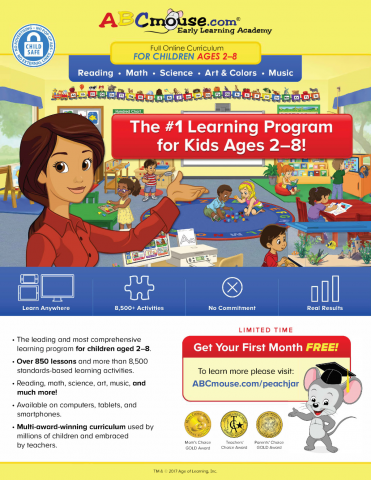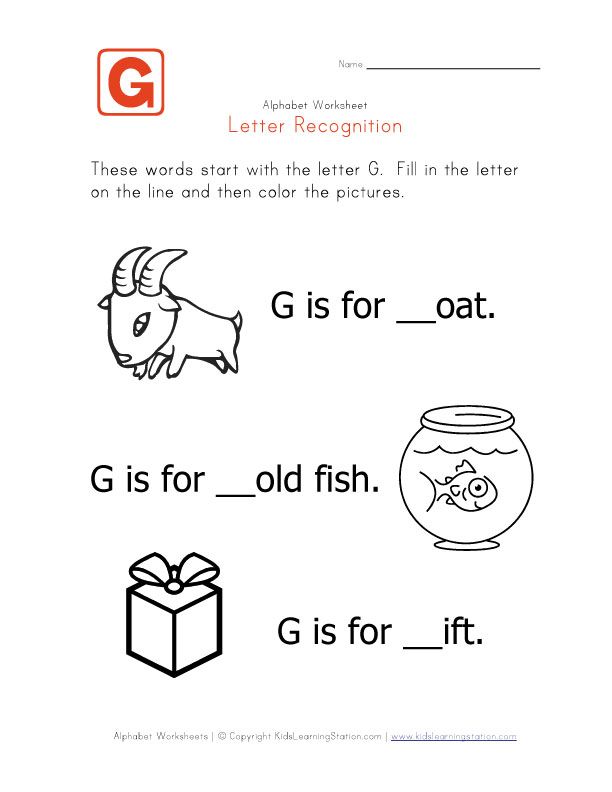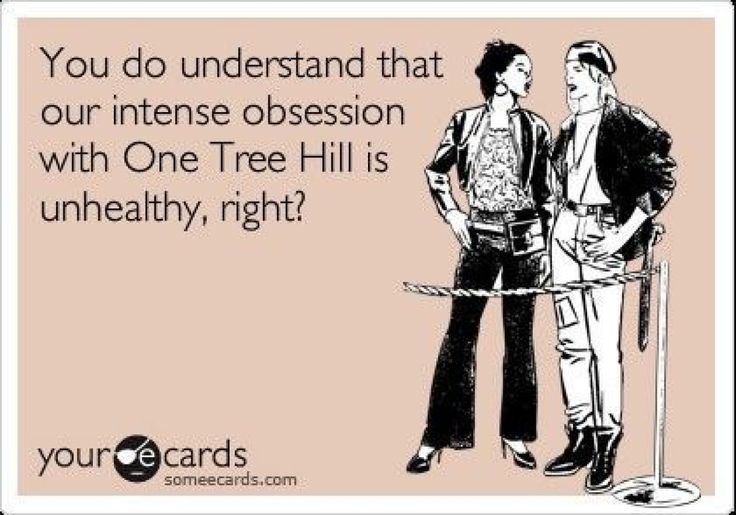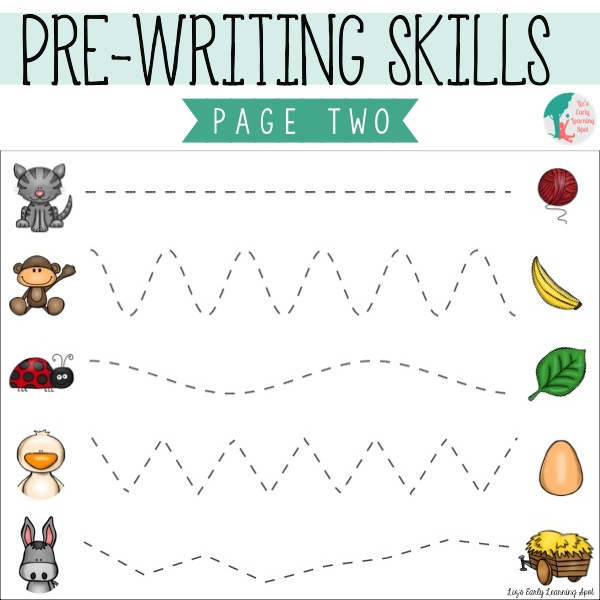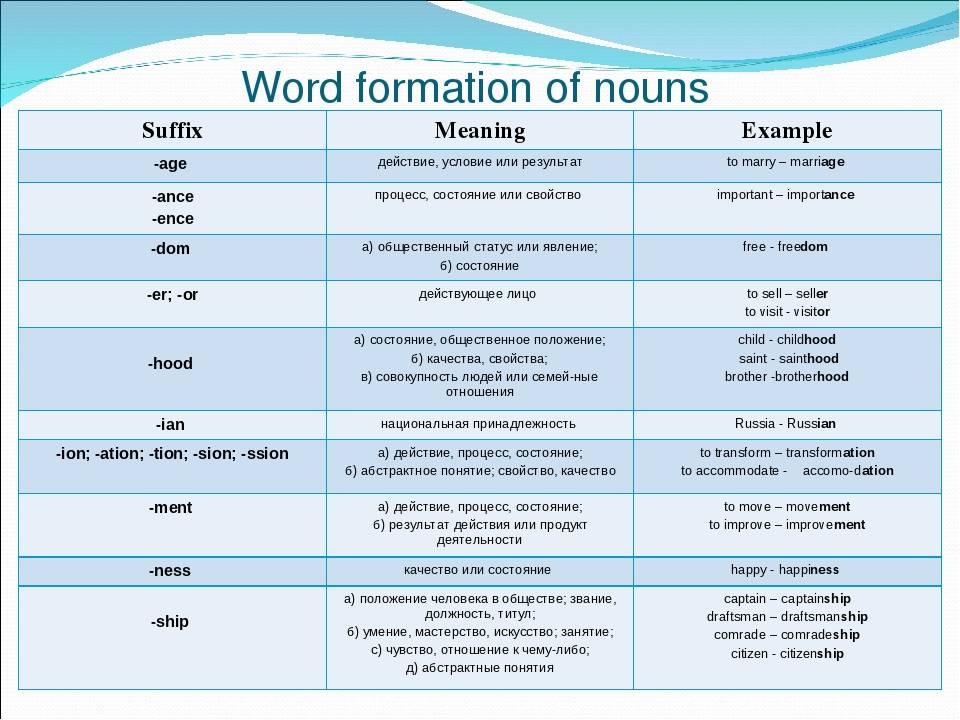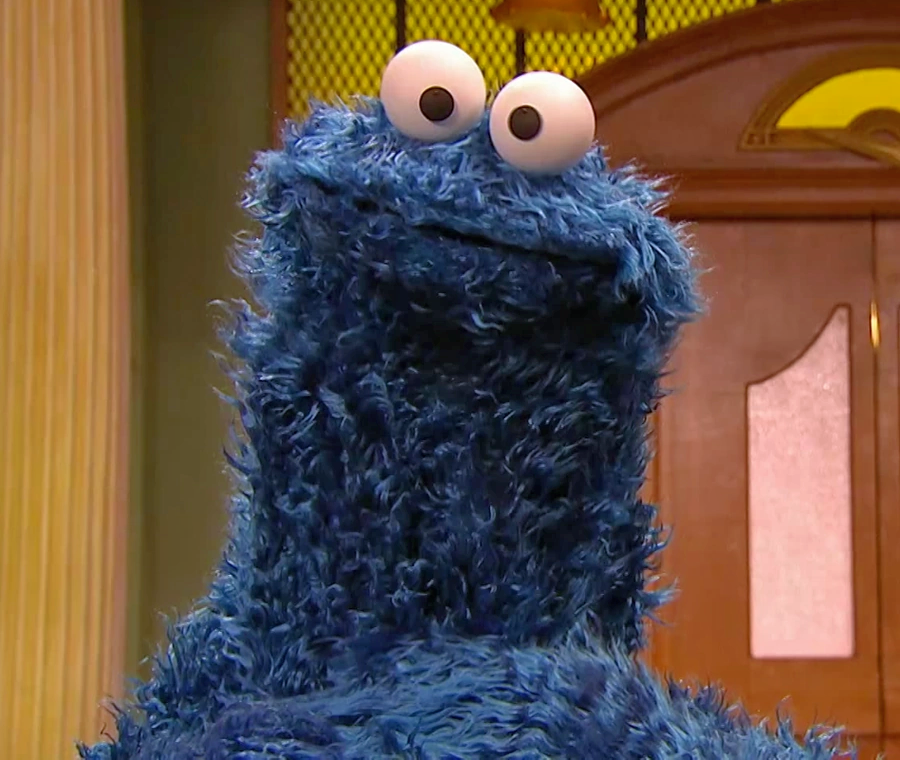Reading grade level tests
How To Determine Your Child’s Reading Level And Choose The Best Books
When you sit down to read a book, you want to enjoy the story in front of you. The same is true for your child. That’s why uncovering your child’s reading level is an important step in fostering their love of words from a young age!
Consider the different factors that allow kids to enjoy the books they read. For example, does it tie into their interests, and is it slated as an appropriate option for their level? By answering these questions, you can make sure they’re reading books that are just right for them!
If your child is in school, you’re probably no stranger to jargon like “reading level.” But what exactly does Lexile Framework, Guided Reading Levels (GRL), or Developmental Reading Assessment (DRA) actually mean?
Additionally, if your child is just starting to read on their own (or already reading independently) and is learning from home, how can you figure out what reading level is right for them? If any of these thoughts have crossed your mind, you’ve come to the right place.
We’re here to answer your questions so you and your child can sit down and enjoy a good book together!
What Is A Reading Level?
A reading level is simply a measure of your child’s ability to read text. It reflects how well your little one can read independently. Importantly, reading levels help you choose books that are a good match for your child while still presenting a challenge.
Keep in mind these levels are meant to be helpful, not stressful. They don’t limit your child, but, rather, help them blossom into a fluent, excited reader.
When your child reads books that are appropriate for their current reading level, it boosts their confidence so they can truly enjoy reading! Also, knowing what level your child is at allows you to work with them to improve their skills.
That being said, it’s important to remember that children are unique and develop differently. Comparing your child to their peers isn’t necessarily the best approach when trying to assess their reading ability.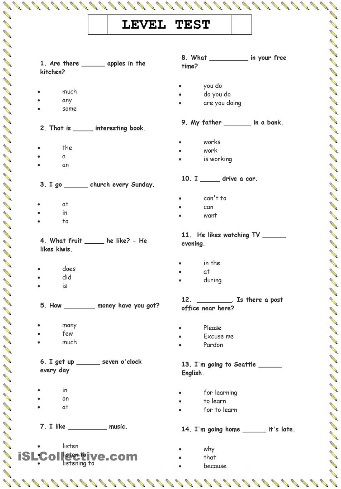
Why Is Determining Reading Level Important?
It’s helpful to determine your child’s reading level so you can find books that are appropriate for them to read on their own: not too difficult but challenging enough to encourage growth.
Reading level classification is a convenient tool you can use when searching online or at the library. And when you provide books that are on your child’s level, you create excitement and build their confidence, which can lead to a lifetime love of learning and reading!
If you’re looking for ways to help your little one read at the best level for them, Our new app HOMER Learn & Grow has a Stories section that gives age-appropriate story recommendations!
This is a great resource that takes your child’s specific interests and recommends stories just for them. What’s more, your child can choose to read along or read on their own.
How Is Your Child’s Reading Level Measured?
Your child’s reading level is usually measured at their school in first or second grade, and we’ll show you how that’s done.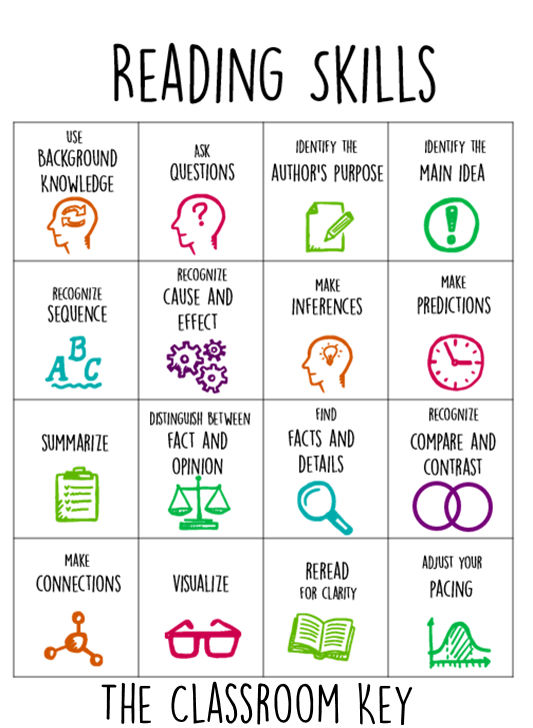 Here’s a tip: since your child’s teacher knows their reading level, consider asking the teacher (or the school librarian) for books your child can read at home.
Here’s a tip: since your child’s teacher knows their reading level, consider asking the teacher (or the school librarian) for books your child can read at home.
Don’t worry if your child isn’t in school yet or if they’re homeschooled. We’ll show you how you can measure their reading level at home, too!
Before we dive in, it’s important to note that we think of books for kids at three levels: independent reading, instructional reading, and frustrating to read.
As the names indicate, independent reading books are ones a child can read with ease and without support from an adult.
Instructional ones are the books just above independent that teachers might use to stretch a child’s reading as they offer support while the child makes that next step. Finally, frustrating books are too hard for a child to read even with adult guidance.
Now that you have an idea of how to think of the different books your child might encounter, let’s talk about the tools used for determining or describing reading levels.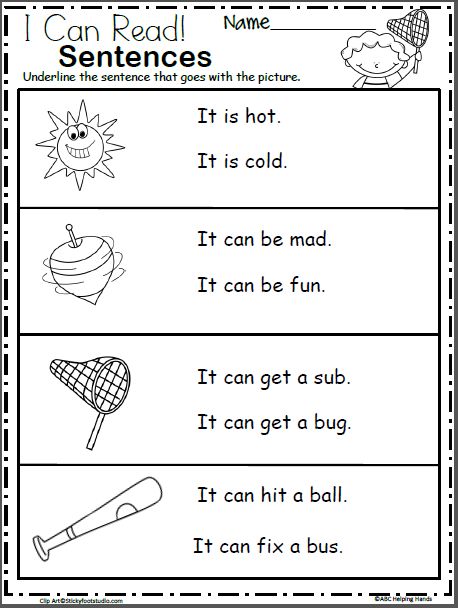
Lexile Framework For Reading
Lexile Framework For Reading is an educational tool that ranks books by order of their difficulty using a scale called a Lexile. Usually, your child’s teacher will determine their Lexile reading level and then choose books that have a matching score.
The Lexile score, or measure, describes your child’s reading ability and matches them with books and other reading materials. This measure ranges anywhere from 0L to 2000L.
Kids are encouraged to read within their Lexile “range” — 50L above to 100L below their actual level. For instance, if your little one is reading with a Lexile measure of 500L, they would read books ranging anywhere from 400L to 550L.
Using standardized assessments, schools will often measure a child’s reading level several times a year to help them select books that are appropriate for independent reading.
Guided Reading Levels (GRL)
GRL is a guided reading system used in some schools.
To determine reading levels using GRL, children sit one-on-one with their teacher and read from a book that’s considered standard for their grade level — a “benchmark” book.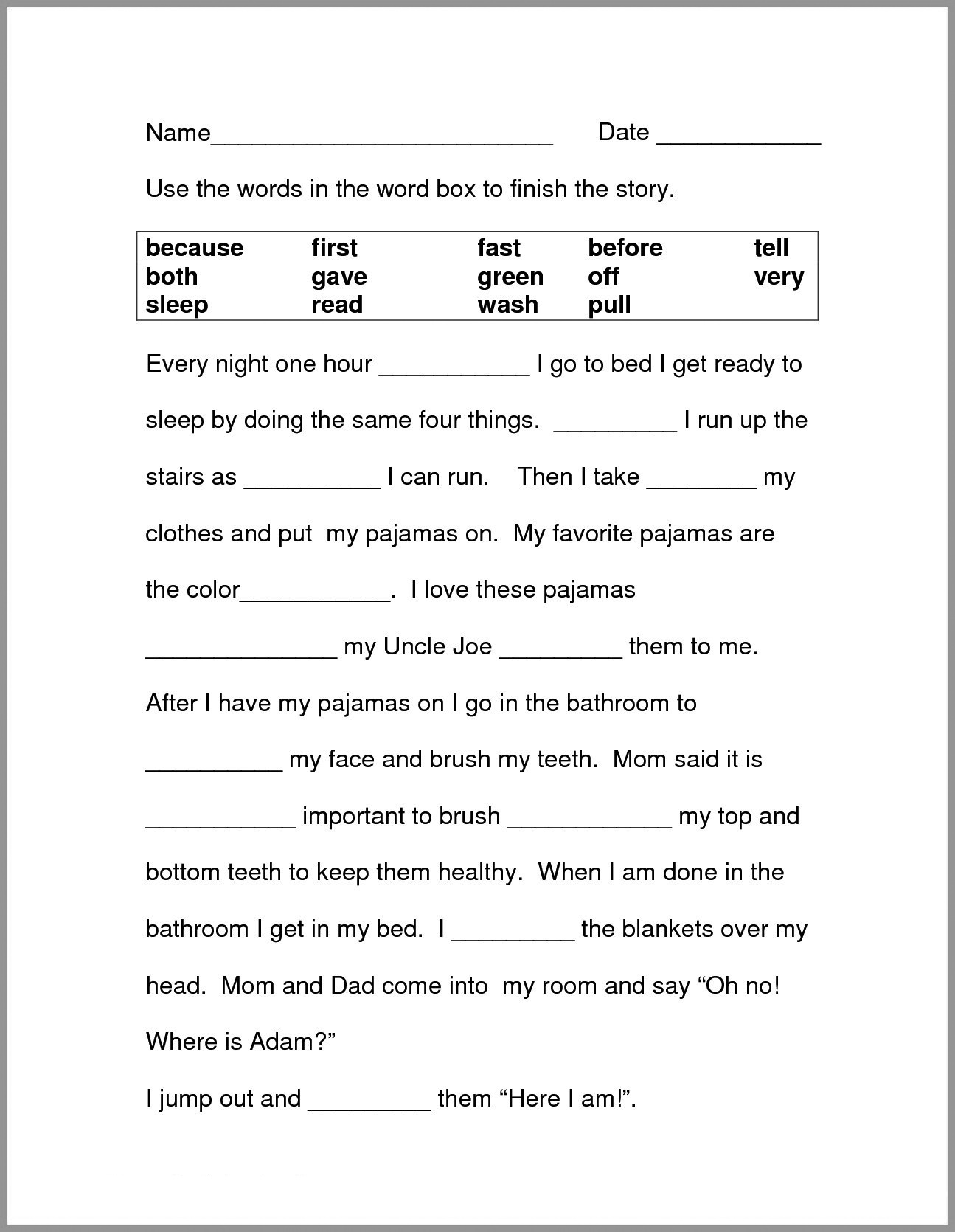 GRL books range from A to Z with A being the easiest.
GRL books range from A to Z with A being the easiest.
While reading these books, the teacher will take notes on any missed words and ask comprehension questions, such as, “When did the story take place?” or, “What was the problem in the story?”.
Through guided instruction, the teacher will gradually move children into more difficult books.
Developmental Reading Assessment (DRA)
DRA is a standardized reading test given by teachers or reading specialists. As with GRL, children sit individually with the test administrator and read a book.
Several factors are taken into consideration to determine reading level, including:
- Reading comprehension
- Phonemic awareness
- Fluency
DRA books are labeled with an A for the easiest books and then move into a numerical grading system. The levels range from 1 to 80 with 1-3 representing a kindergarten reading level and 80 representing an eighth-grade reading level.
Once a child has a DRA or a GRL level, a teacher or parent can search for the reading level of any particular book and can usually discover either the Lexile, DRA, or GRL of that particular text. Here’s a chart for your reference.
Here’s a chart for your reference.
At-Home Reading Levels
If you’re looking for a way to find out your child’s reading level without using any of the methods listed above, you might try the five-finger rule.
For the five-finger rule, choose a book and flip to any page. If your child seems to have trouble reading more than five words on the page, it’s a good indicator that the book is too advanced for them.
To be sure, though, you can have your child try another page, especially if they seem eager to read a particular book.
This can be a helpful strategy, but it’s OK to let your child try a book and see how the reading goes. If a book is too hard, most kids will figure that out — and there is nothing wrong with reading books that are too easy!
Sometimes a child may be interested in a book that’s a little too hard for them. If this happens, we encourage you to read aloud to your child. You can also read together by alternating pages, paragraphs, or sentences.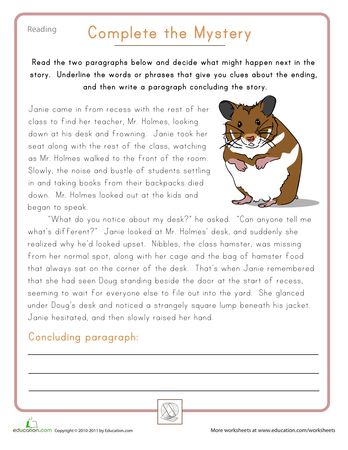
It’s important not to completely avoid books that may be a little above your child’s reading level.
Even if your child struggles a bit to read them without assistance, these books can still be beneficial in helping build their vocabulary, improve comprehension, and increase general knowledge — not to mention, encourage their love of reading!
When your emerging reader seems overwhelmed by one book, you can always give the five-finger rule a try with other books until you find the right match. And if your child is particularly interested in a topic, you can always read the book to them and stop on words you know they can read.
Also remember that when a child is really enjoying a book and highly motivated to read it, they will read at a higher level than if the material is not as interesting to them.
Tip: Most libraries and bookstores have books arranged by reading level so you can easily choose the best one for your emerging reader!
Feel free to ask librarians and knowledgeable staff at bookstores to offer suggestions.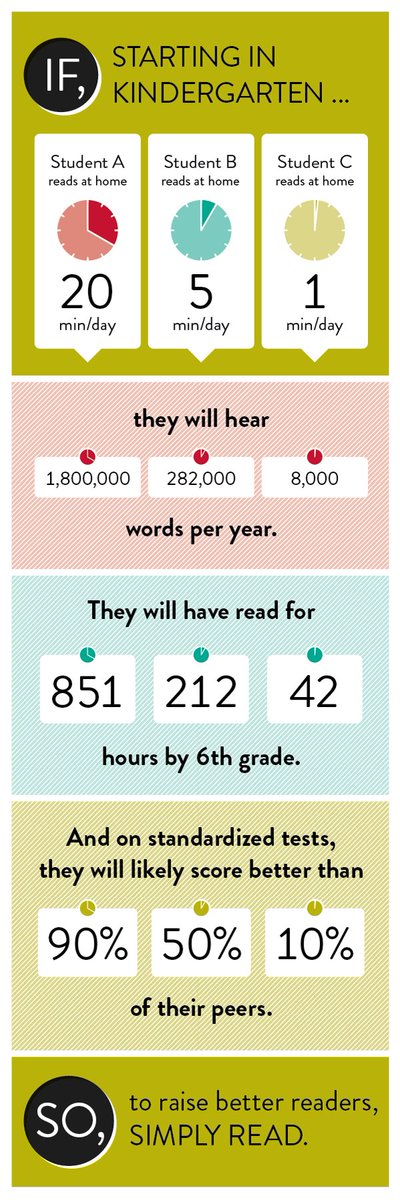 You could even say something like, “My child happily read a Clifford book; can you suggest others at the same level?”
You could even say something like, “My child happily read a Clifford book; can you suggest others at the same level?”
How To Help Your Child Become A Stronger Reader
As we mentioned earlier, you can easily determine your child’s reading level at home so that you can help them choose books that are just right! We suggest incorporating some of the tips below to help your child become a stronger reader.
Start With Clues
- Is your child using “sounding out” techniques to figure out unknown words?
- When your child reads, are they getting tripped up by sight words — common words that are hard to sound out?
- Is your child using pictures to help them understand what is written on the page?
- Is your child using context clues to figure out what word makes sense to come next as they read sentences?
Check Vocabulary
- Play games with your child to see what words they know. For example, say a sentence and point out one word in the sentence.
 Then ask them if they can come up with a different word (synonym).
Then ask them if they can come up with a different word (synonym). - Play synonym games to see what words your child knows. For example, challenge yourselves to think of 10 or more ways to describe speaking (shout, whisper, mumble).
While you’re talking with your child, describe something specific from your day. Make sure to use interesting adjectives, and don’t hold back from using sophisticated vocabulary when talking with your child.
You can help your child’s vocabulary grow through day-to-day conversations and activities!
Ask Comprehension Questions
Understanding what they read is an important part of your child’s reading journey.
- To check for reading comprehension, we suggest pausing every other page to talk about what you’ve just read. Make this a natural reaction to the story, like you’re thinking aloud about the story or characters, so that it doesn’t feel like a test.
- Consider encouraging your child to act out and retell the story (for younger children).

- Try discussing themes/lessons with your child (for older children). Remember: this isn’t a test, but a conversation between book lovers!
Talk To Your Child
When most people implement strategies to help their children improve their reading skills, they often forget about the importance of verbal communication. It’s essential to talk to your child frequently in short and simple sentences.
This includes singing songs, telling them wonderful stories, reciting fun nursery rhymes, and describing the world around them. All of this exposes children to lots of different words. It also helps them learn that language is a powerful tool for communication.
Discover Your Child’s Favorite Books
- Children often choose books that are a little below their actual reading level. At home, this is a good thing. It keeps reading fun and exciting!
- We recommend choosing books that interest your child — with a certain character or activity they like — so they’re curious and excited about reading.

Reading books your child enjoys together can encourage their love of reading. And letting them read those same books to you can boost their confidence over time.
Together, these two activities increase your child’s fluency and reading enjoyment!
Create A Reading Corner
Establishing a reading corner in your house can benefit your child. The setup doesn’t need to be elaborate. This can be a simple, quiet, private area where your child can confidently read independently or with you.
It’s also great for the spot to be well-lit and filled with lots of books your child enjoys reading.
Is Reading The Same Book Over And Over OK?
Just like you might pick up an old favorite book to read, your child may do the same, and that’s OK! At least you know they’re enjoying a good book and the process of reading!
Rereading books can have many benefits for a child, including:
It allows children to get more from the text. Have you ever developed a deeper understanding of a story after rereading it? That’s because the more you engage with a story, the more you can take away from it.
You can pick up on new information, establish connections between yourself and some of the characters, and even improve your understanding of the overall story.
Similarly, allowing your child to read their favorite books for the second, third, fourth (or more) time will enable them to get more from the story.
It also allows for bonding. Did you know that rereading books can help bring your family closer together?
Many of us remember a couple of books that our family read together regularly. This can be a holiday book or a favorite story. Rereading is a great way to get the whole family involved, as everyone can take turns reading and connecting on the same story.
What’s more, reading familiar books can actually help develop a young reader’s fluency. It allows them to learn the words and helps them become familiar with narrative structure or storylines (i.e. beginning, middle, and end), which builds reading comprehension later on.
So feel free to let your child choose the same book over and over!
FAQs About Reading Levels
What Reading Level Should My Child Be In Each Grade?
It’s challenging to answer this question because each child is different and will naturally develop at their own pace.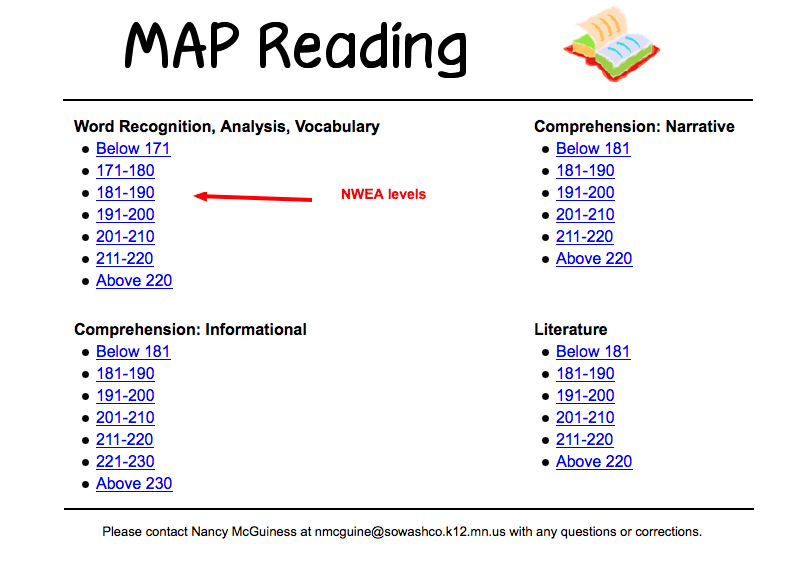 For example, just because your child’s friend has started reading fluently doesn’t mean your child will be able to do that yet.
For example, just because your child’s friend has started reading fluently doesn’t mean your child will be able to do that yet.
While no parent wants their own child to be a little behind compared to their peers, putting too much pressure on them to “catch up” might actually have an adverse effect. In fact, they might feel overwhelmed by the pressure and develop a negative attitude toward reading.
It’s also important to note that there’s no direct link between a certain Lexile measure and a specific grade level. When using any of the reading level measures we mentioned, remember that they are an estimate of a child’s performance and shouldn’t be interpreted literally.
Also, if you’re really concerned about your young learner’s development, you can always address those concerns with their teacher or another professional. They can offer tips and advice on how to best work with your child.
Finally, remember to be patient and positive no matter what. With lots of time and effort, your child will develop a lifetime love of reading!
Who Can Help Me Choose Books That Match My Child’s Reading Level?
The best place to start is to consult your child’s teacher.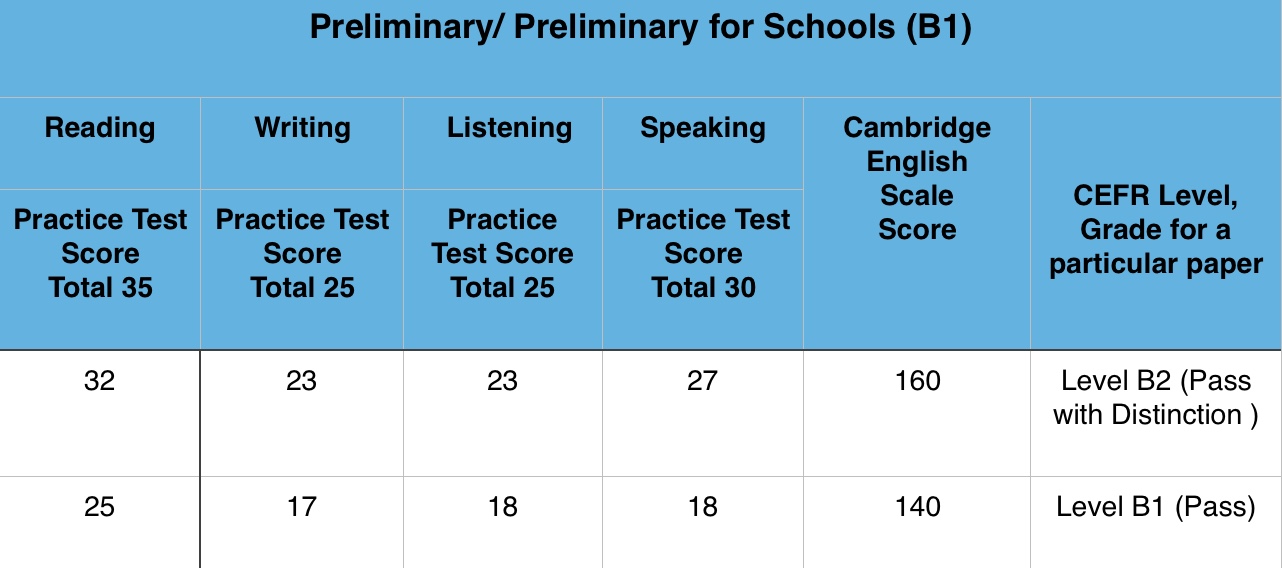 They will have the expertise to guide you in buying the right books for your child.
They will have the expertise to guide you in buying the right books for your child.
It’s also possible for you to look up most books online and find their reading levels. Furthermore, for beginner readers, there are publishers who label books in stages with age and/or grade suggestions attached.
If you’re homeschooling, you can also reach out to your local librarian or bookstores. As people who spend each day surrounded by books, they often have knowledge on this topic and may be able to recommend a few relevant books in your child’s reading level.
What If My Child Is Reading At A Lower Level?
The last thing a parent wants to hear is that their child’s reading level isn’t on par with their peers. But what can you do if, from the assessment used at your child’s school, you find out that your young learner is reading below the average grade level?
Firstly, it’s important not to panic. As mentioned earlier, kids develop reading skills at different stages of their development.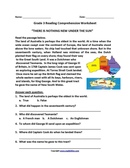 Some children might be early readers, while others may take time to get there.
Some children might be early readers, while others may take time to get there.
The most effective way to help your child improve their reading level is by continuing to encourage reading at home. While reading, remember to discuss the content to ensure comprehension.
Reading For Fun
From assessments to the five-finger rule, determining reading levels varies across the board. No matter which method you choose, remember these measurements are meant to be helpful and encouraging, not stressful and limiting.
Keep this in mind when assessing your young learner. You don’t want your child to sense any stress about their abilities, as this might overwhelm them and have an adverse effect on how they view reading.
While reading is an essential early learning (and lifelong) skill, you want your child to LOVE reading and not only view it as a test of their intelligence.
At the end of the day, the way reading makes your child feel is more important than their reading level.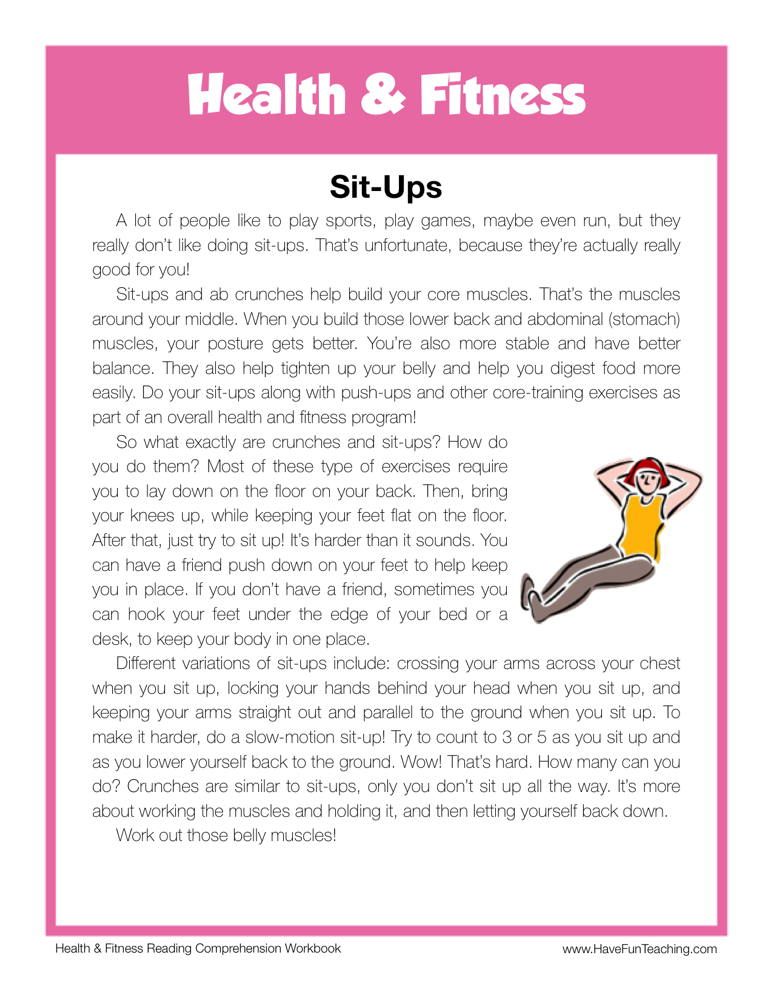 Each child learns in a way that’s special and unique to them.
Each child learns in a way that’s special and unique to them.
The HOMER Road To Reading
The road to discovering how to read can be a fun ride, but sometimes it’s bumpy. This is why we’re more than a learning program. We’re your learning partner.
If you’re looking for a resource to help develop your child’s love of reading and learning, consider taking a look at the HOMER Learn & Grow app. It’s full of stories curated based on your child’s interests!
When your child develops a love for reading, they’ll move up to the next level before you can say “Developmental Reading Assessment”!
Author
Reading Level Assessment – Assess your child's reading now!
Thank you for signing up to Red Cat Reading.
Follow our three easy steps to take the reading level test and get your childs reading level on track for the new year.
Want to know how to assess your child’s reading fluency quickly and easily? Just take our 5 minute free reading test below!
Our reading assessment tools and books are developed by experts in language learning, so you can be confident your child will learn to read fast while having fun!
Has your child already tried using a different reading level test? There’s no harm in testing their reading abilities again!
Step 1.
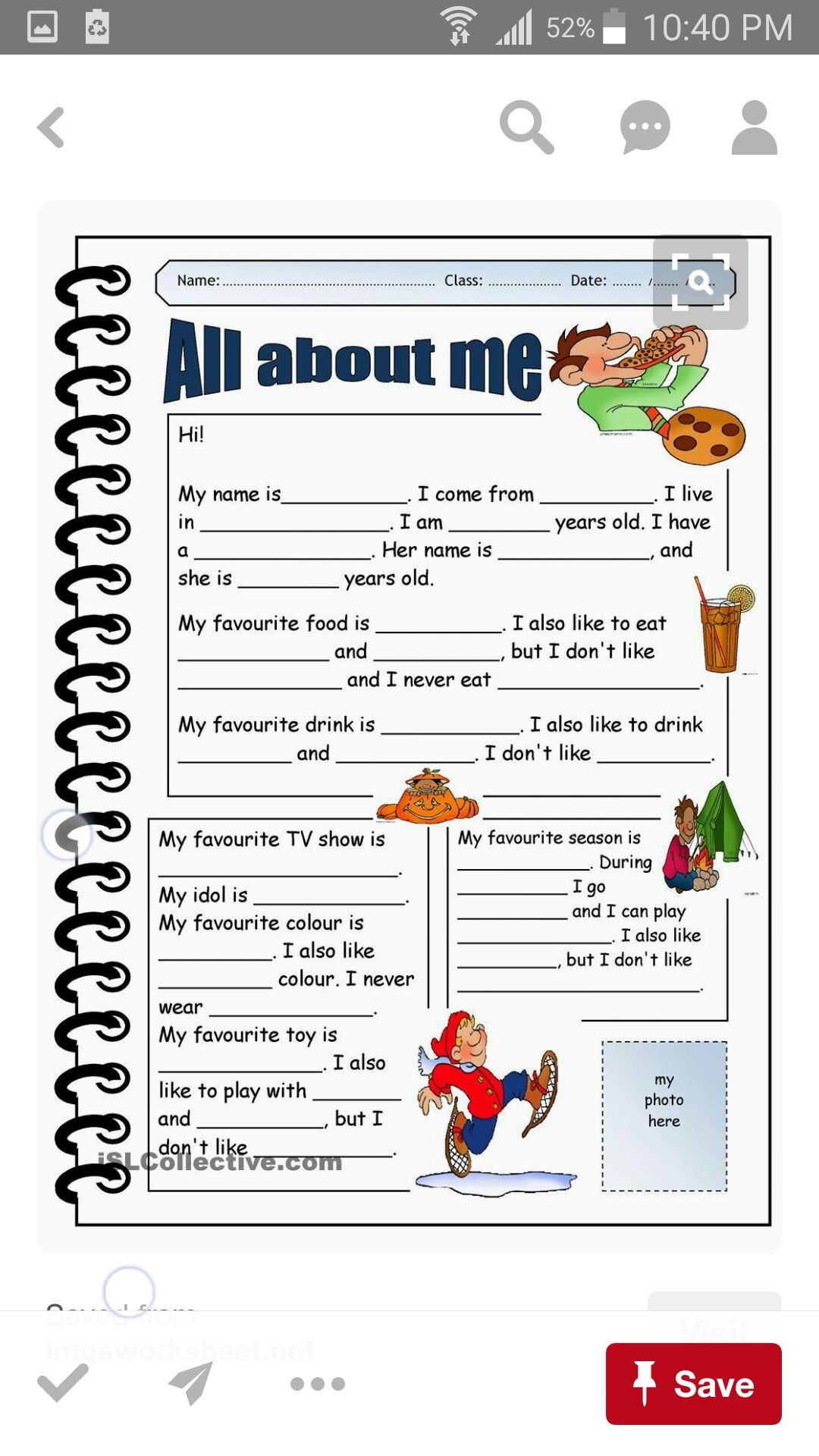 How Old is Your Child?
How Old is Your Child?Step 2. Quick Reading Assessment
Use our One-Page Reading Level Assessment to find your child’s level.
Then choose books from your child’s level and start reading!
Can your 3 year old read this sentence?
The cat sat.
Yes   –> Then Start Reading on the 3 Year Old Learning Path
No   –> Then Subscribe to Red Cat Reading and we'll help your child catch up!
Can your 4 year old read this sentence?
I pack my bag.
Yes   –> Then Start Reading on the 4 Year Old Learning Path
No   –> Then Subscribe to Red Cat Reading and we'll help your child catch up!
Can your 5 year old read this sentence?
Birds fly in the sky.
Yes   –> Then Start Reading on the 5 Year Old Learning Path
No   –> Then Subscribe to Red Cat Reading and we'll help your child catch up!
Can your 6 year old read this sentence?
Did you ever see bees crawl inside flowers?
Yes   –> Then Start Reading on the 6 Year Old Learning Path
No   –> Then Subscribe to Red Cat Reading and we'll help your child catch up!
Can your 7 year old read this sentence?
Birds can be many different sizes.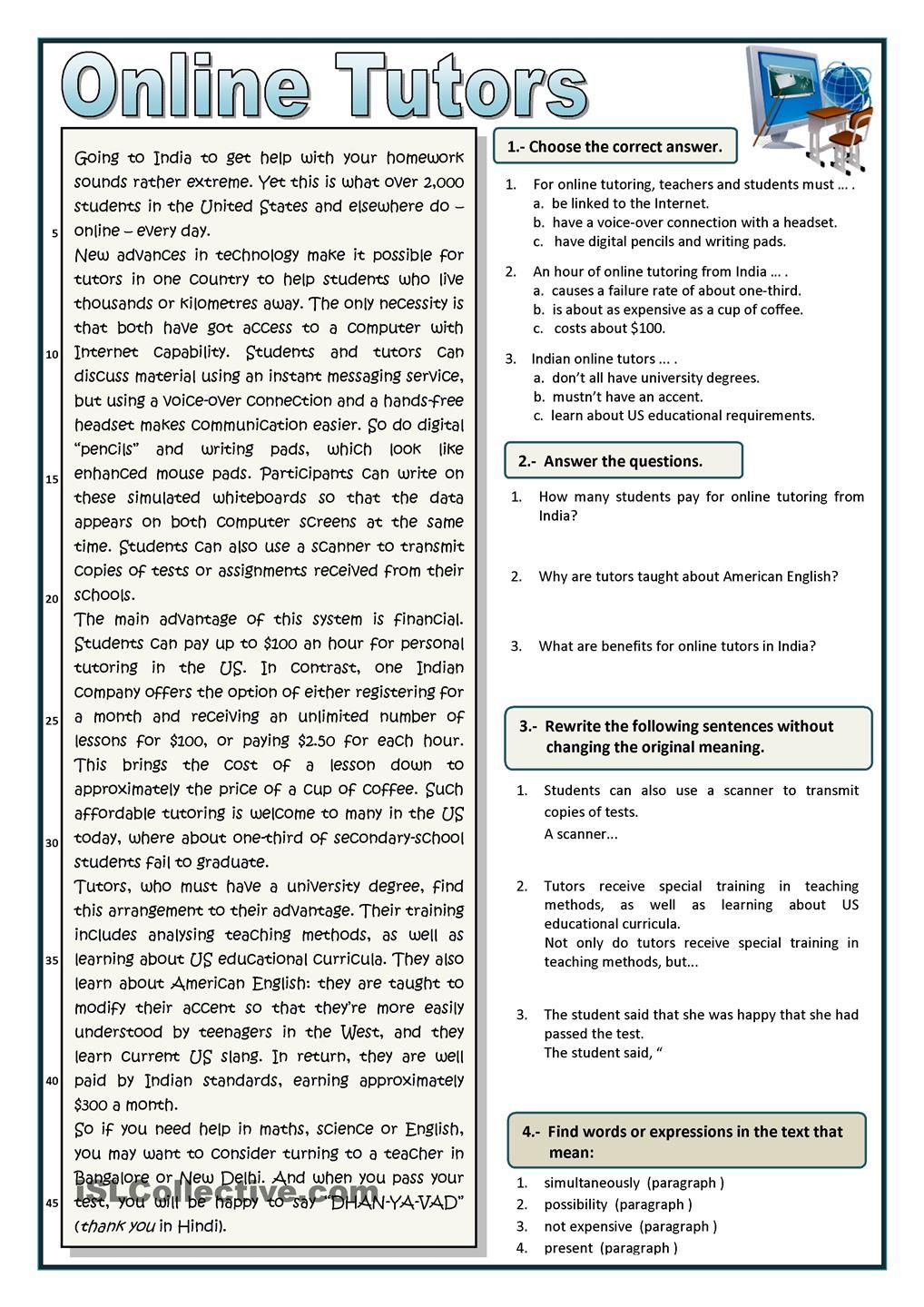 The largest bird of all is the ostrich.
The largest bird of all is the ostrich.
Yes   –> Then Start Reading on the 7 Year Old Learning Path
No   –> Then Subscribe to Red Cat Reading and we'll help your child catch up!
Step 3. Start Reading!
1. Watch the video
2. Watch again & read along with the e-book
3. Complete the quiz
Age 3-5
- Kindergarten Reading Level Books
Age 5-6
- First Grade Reading Level Books
Age 6-7
- Second Grade Reading Level Books
Need help?
Just email us and we’ll assess your child’s reading for free!
info@redcatreading.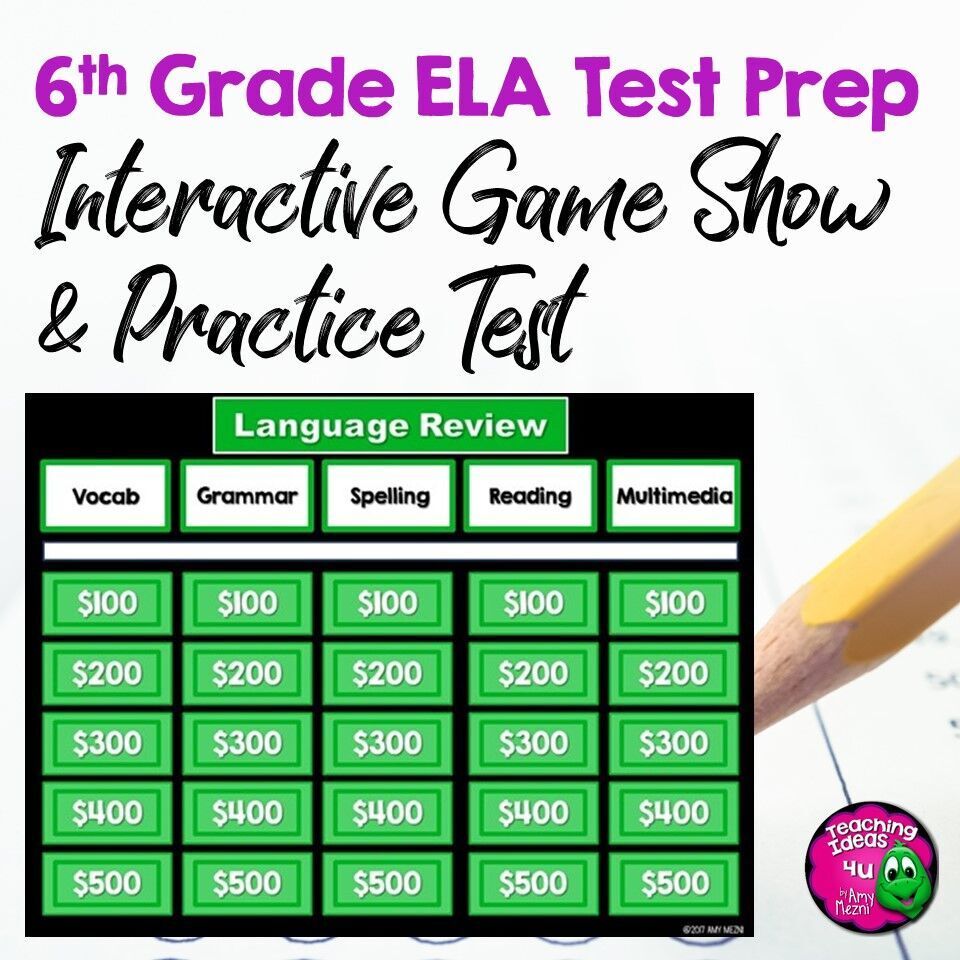 com
com
How to Use RedCatReading.com
Want your child to improve their reading comprehension, pronunciation and vocabulary? You’re all set with Red Cat Reading!
Our phonics, storybooks and leveled books will take your child from early reader to confident third-grader!
Press play on our video below, and earn how to use our book levels, lessons and quizzes to help your child learn to read the fast and fun way!
After your child has finished our guided reading level books, you can use each lesson’s quiz to test their reading comprehension and see if they should level up!
Reading Level Chart
Want to know more about our different guided reading levels? Check out our Reading Level Chart below!
Our books and videos are perfect for ages 3-8. Children will learn to read and get better at reading with our exclusive learning materials.
Children will learn to read and get better at reading with our exclusive learning materials.
Use this chart as a reading level finder. You’ll find just the right books and videos to improve your child’s reading skills.
Reading tests for grade 2 online
-
Mathematics task 3.8
02/06/2021 14688
There is only one task, but on the 3rd grade math page you will find more!
-
I love Russian nature. Spring
04/08/2020 1914 0
Test for students of the 2nd grade in literary reading according to the EMC School of Russia on the topic "I love Russian nature. Spring"
-
Reading skill test Grade 2.
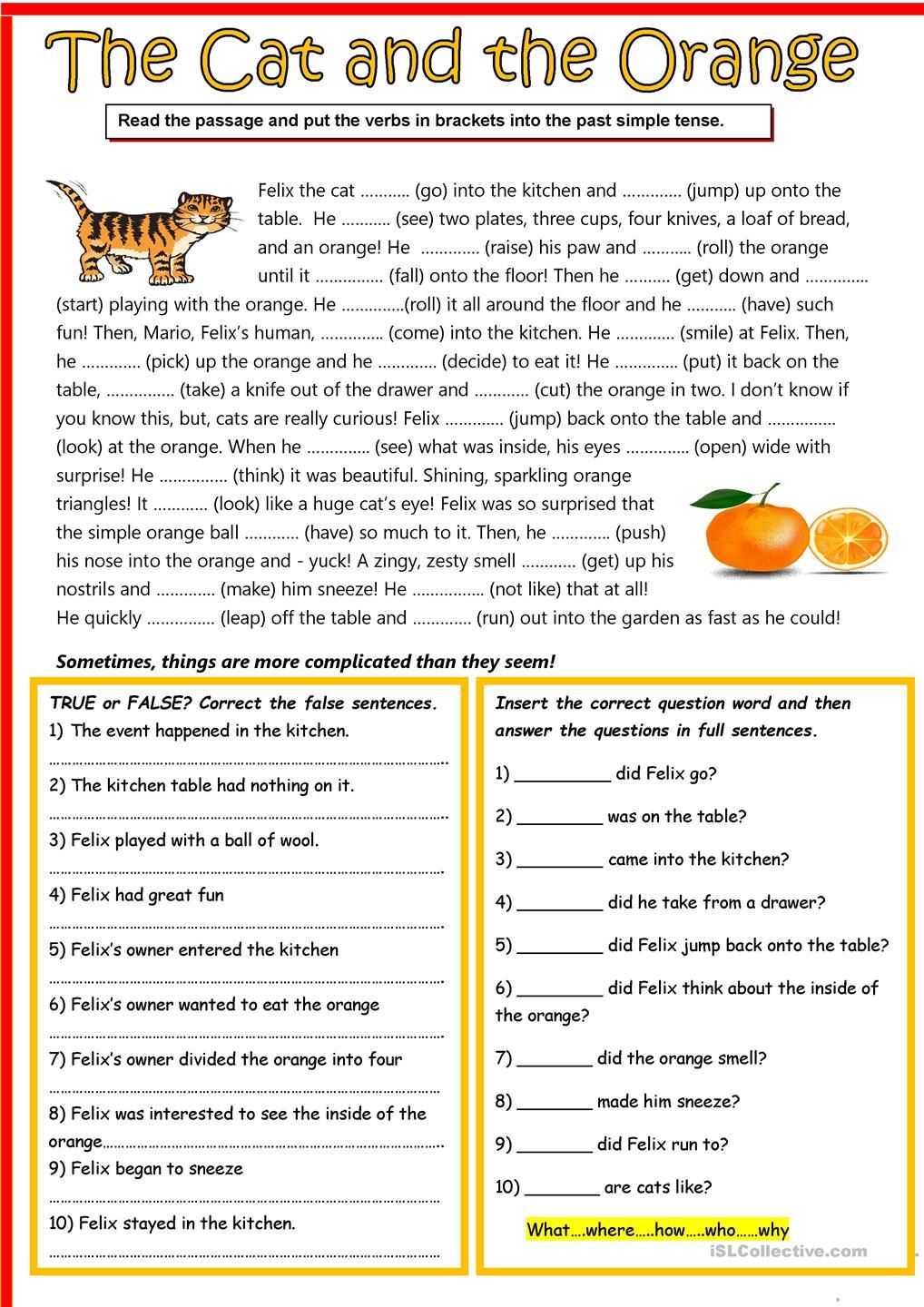
03/10/2023 76 0
The work is designed to test reading comprehension, the ability to understand the topic and the main idea of the text, to draw conclusions from what has been read.
-
Test quiz "Our favorite fairy tales"
03/21/2020 18702
An exciting quiz on Russian and foreign fairy tales for students in grades 1-4
-
Generalization on the section "Writers for children" Literary reading Grade 2.
02/15/2022 877 0
Generalization of knowledge on the section "Writers for children".
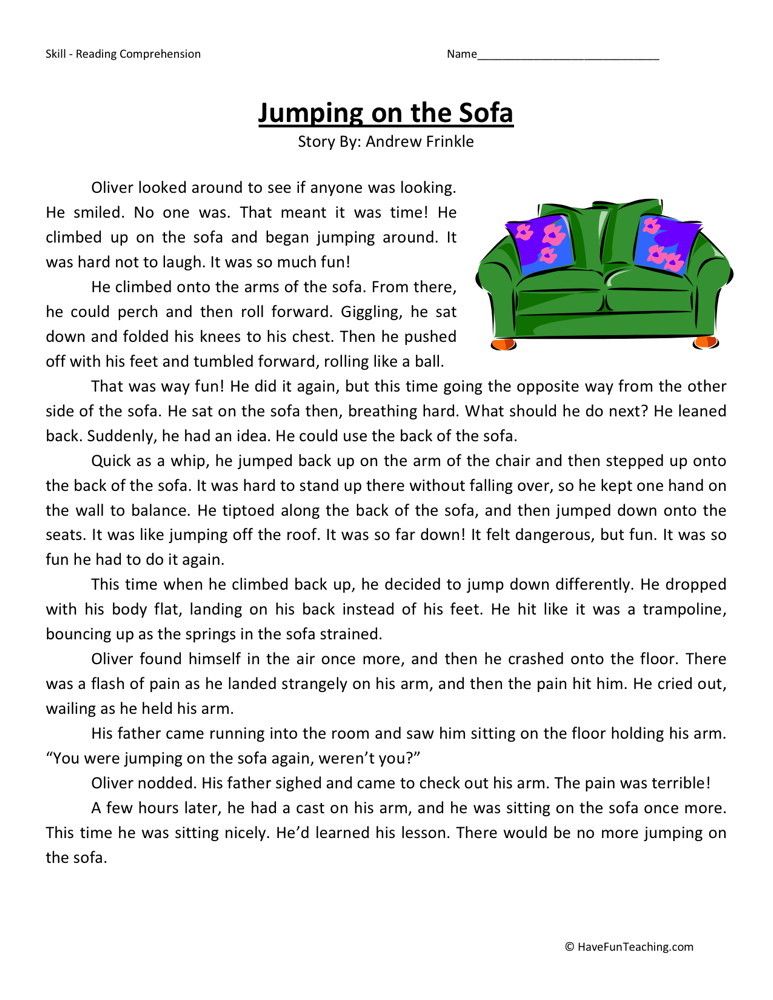 Literary reading. 2nd grade
Literary reading. 2nd grade -
Literary reading Grade 2 E. Uspensky "Cheburashka"
04/19/2020 2950
The test is designed to test the basic skills of students in the 2nd grade according to the EMC "School of Russia". Literary reading, section "Joking and Seriously", topic "Cheburashka. E. Uspensky"
-
G.H. Andersen "The Princess and the Pea"
04/28/2020 5331
The test was compiled for the 2nd grade in literary reading (School of Russia) on the topic "G. Andersen" The Princess and the Pea ". Allows you to check whether the student read the fairy tale attentively.
-
S.
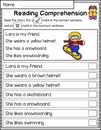 Mikhalkov "Uncle Styopa"
Mikhalkov "Uncle Styopa" 01/23/2017 1183
Quiz based on the work of Sergei Vladimirovich Mikhalkov "Uncle Styopa"
-
S. Marshak "Snow is not the same now ..."
03/24/2020 579
This test will help determine how carefully you read the poem.
-
Literary reading. Grade 2 The final test to test knowledge on the topic "And in jest and in earnest"
04/08/2020 6956
Final reading test for students of the 2nd grade of the EMC "School of Russia". The topic is "Joking and Seriously".
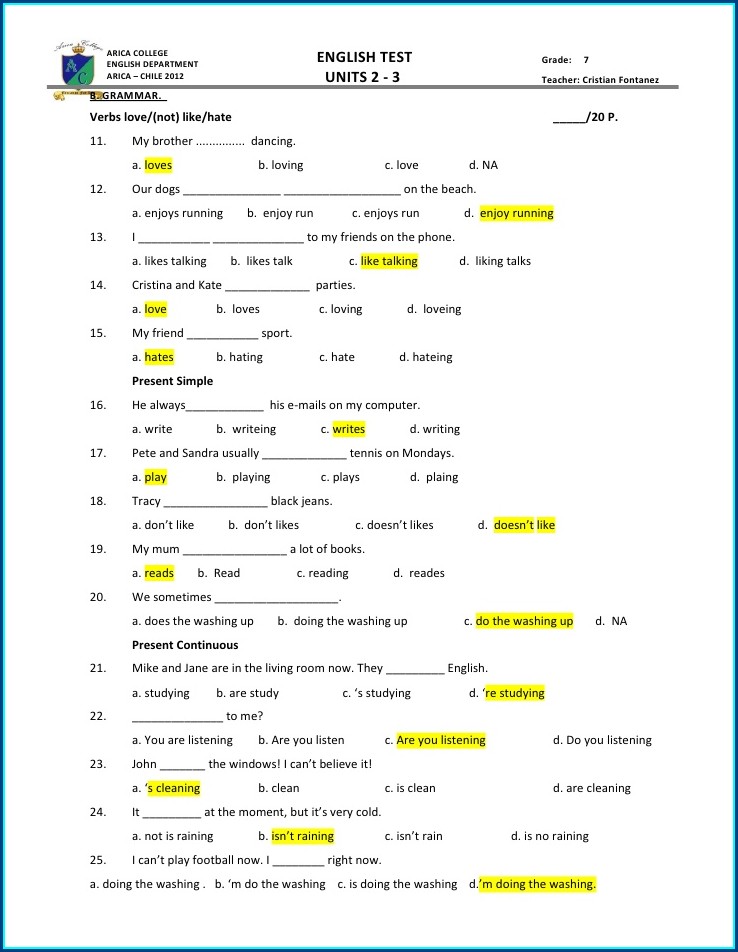
-
Literary reading Grade 2 Both jokingly and seriously
05.05.2020 1208 0
The test is designed to test the basic skills of students in the 2nd grade according to the EMC "School of Russia". Literary reading, section "Joking and Seriously"
-
The story "The Living Hat"
02/08/2022 402 0
Test on the content of the humorous story "Live hat" for grade 2
-
G. Oster "Let's get acquainted"
04/25/2020 3771
Literary reading test Grade 2 G.
 Oster "Let's get acquainted"
Oster "Let's get acquainted" -
Literary reading Grade 2 Literature of foreign countries
05/21/2020 1198 0
The test is designed to test the basic skills of students in the 2nd grade according to the EMC "School of Russia". Literary reading, section "Literature of foreign countries"
-
I love Russian nature. Spring. Grade 2
04/08/2020 2100 0
This test is intended for students of the 2nd grade, EMC "School of Russia". Literary reading, section "I love Russian nature. Spring".
-
Heroes of the country "Chitalia".
 Riddles about the heroes of children's books
Riddles about the heroes of children's books 01/31/2015 6176
The test "Riddles about the heroes of children's books" will allow children to playfully remember the heroes of fairy tales.
-
Literary reading Grade 2 I love Russian nature. Spring
04/16/2020 430 0
The test is designed to test the basic skills of students in the 2nd grade according to the EMC "School of Russia". Literary reading, section "I love Russian nature. Spring", topic "Summary by section"
-
Leo Tolstoy "Jackdaw and jug"
04/23/2020 1035
In the course of work, you will get acquainted with the story from the alphabet of Leo Tolstoy.
 The test is designed so that children learn to analyze the text and be able to find the right answers to the questions posed.
The test is designed so that children learn to analyze the text and be able to find the right answers to the questions posed. -
Literary reading part 1
12/22/2020 643 0
The test helps to check the knowledge and learned material of 2nd grade students in the sections: fairy tales, poems about autumn and fables, Russian writers.
-
Korney Ivanovich Chukovsky "Fedorino grief"
01/30/2022 335 0
The test checks the assimilation of the content of the work and reading comprehension
-
Literary reading grade 2.
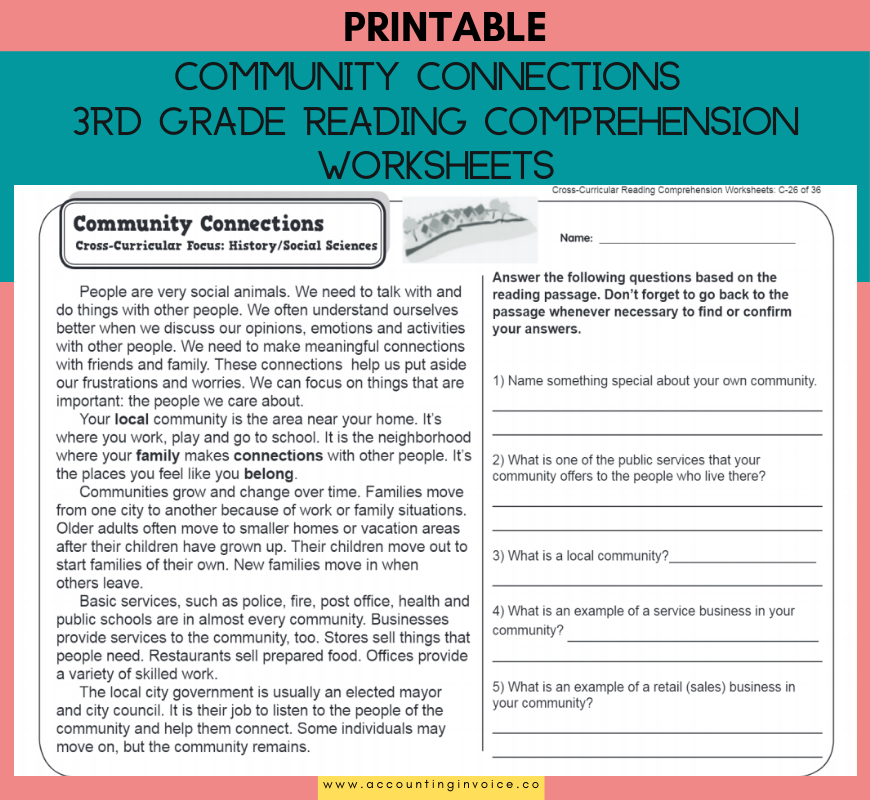 Charles Perrault "Puss in Boots"
Charles Perrault "Puss in Boots" 04/25/2020 7865
Literary reading grade 2. Fairy tale "Puss in Boots" Charles Perrault
-
Quiz. S. T. Alekseev "Captain Gastello"
04/30/2020 136 0
Literary reading quiz for grade 2 based on the story by S.T. Alekseev "Captain Gastello"
-
Tales of grandfather Korney
05/28/2020 287
The test is designed for second-graders to test their knowledge of fairy tales by K.I. Chukovsky.
-
S.
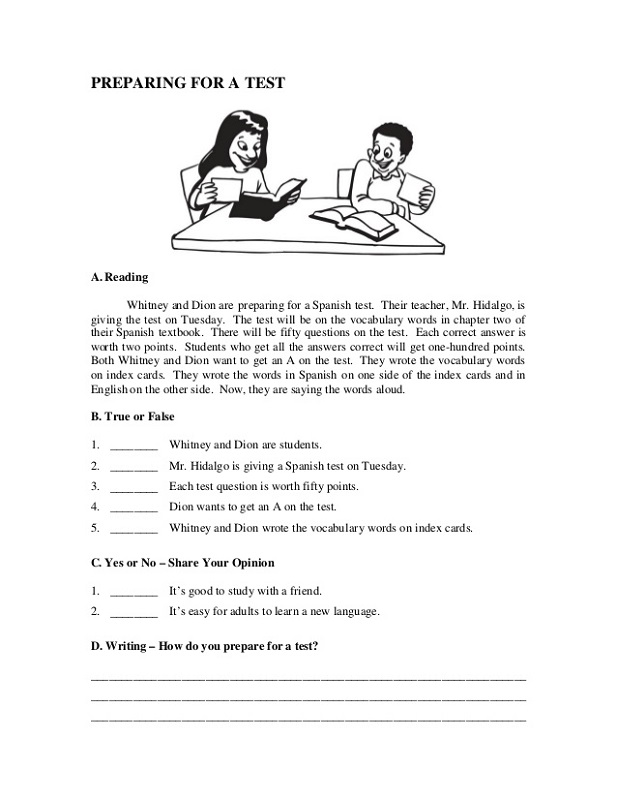 Ya. Marshak "The Cat and the Loafers"
Ya. Marshak "The Cat and the Loafers" 02/10/2022 311 0
Educational test in literary reading for 2nd grade students. UMK "school of Russia". Theme "Writers for children" S.Ya. Marshak "Cat and loafers"
-
Test on the fairy tale "Two Frosts"
01/18/2016 2501
For a better assimilation of the Russian folk tale "Two Frosts", we note some of its features. Comparison of the main features of the main characters and their actions will help students better remember the content of the work.
-
Test according to G. Snegirev "Beaver" Grade 2
04/04/2019 477 0
Reading and speech development test for 2nd grade students according to the adapted basic general education program of primary general education.
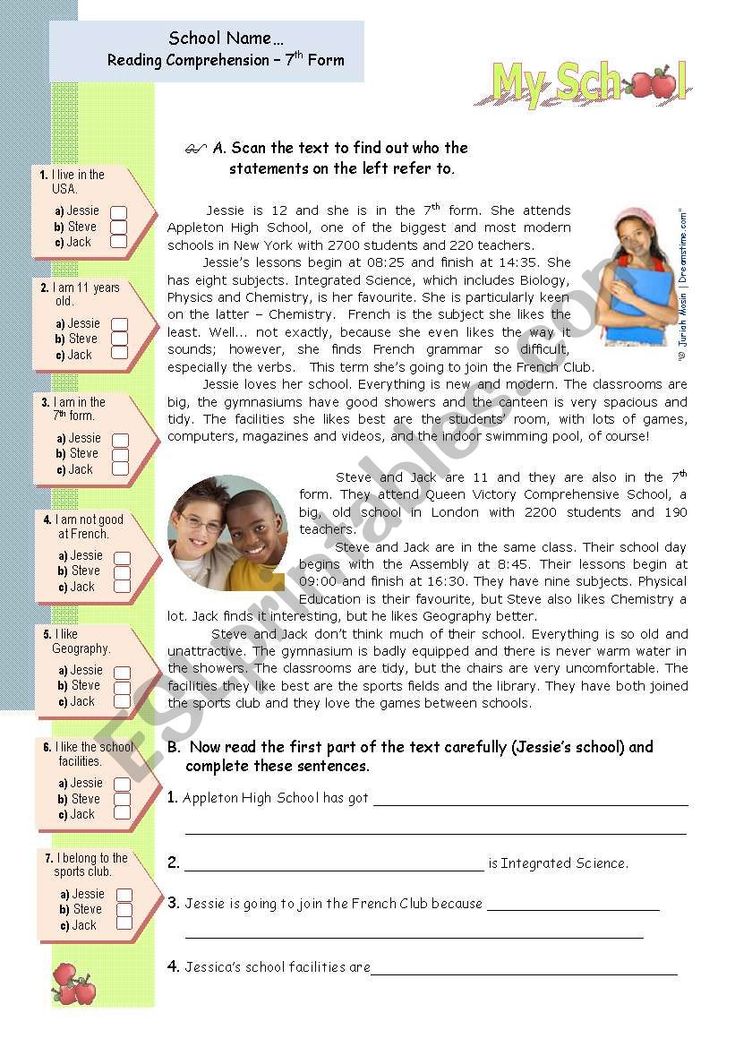
-
I love Russian nature. Autumn. Grade 2
10/08/2019 1157 0
Textbook "Literary reading", UMK "School of Russia". Section "Poetic Notebook"
-
Kuprin. Starlings.
04/15/2020 95 0
The test is based on the work of Kuprin "Starlings", designed for students in grade 2 under the program elementary school of the 21st century
-
Literary Reading Quiz for Grade 2
04/16/2020 70 0
Literary reading quiz based on the work of V.
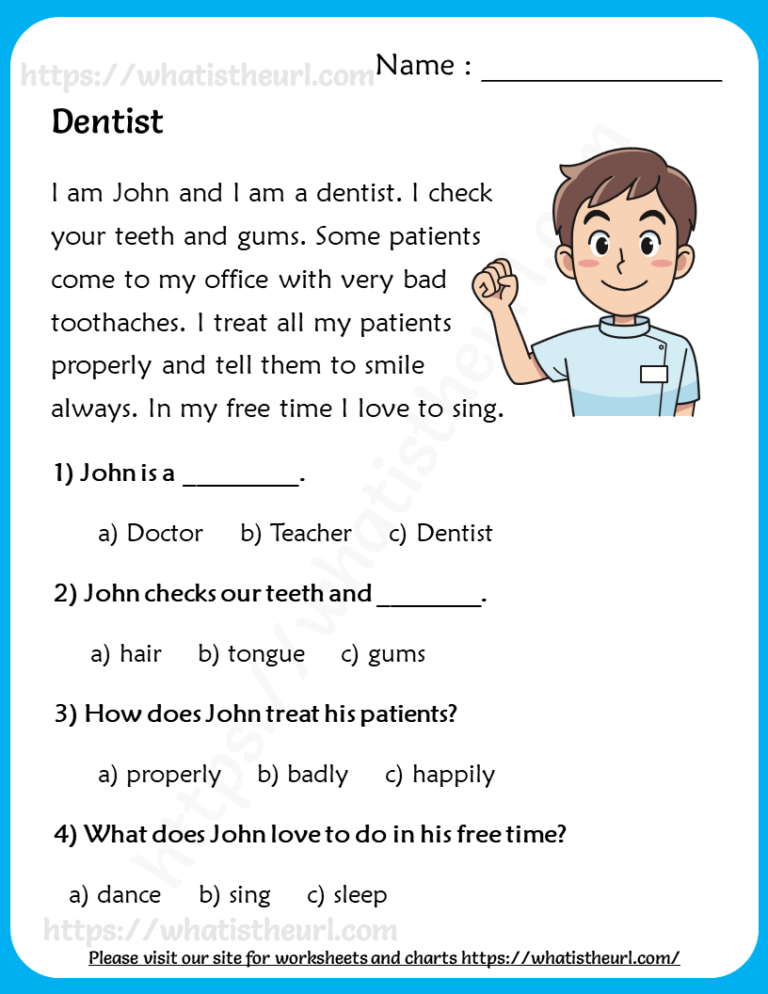 Dragunsky "Grandmaster's Hat" for grade 2
Dragunsky "Grandmaster's Hat" for grade 2 -
Quiz. L. Carroll "Alice in Wonderland" for grade 2
04/21/2020 218 0
Literary reading quiz based on L. Carroll's "Alice in Wonderland" for Grade 2
-
foreign songs
04/22/2020 788 0
The test is easy to pass. ................................................. ................................................. ................................................. ................................................. ........
-
Literary reading Grade 2 Annie Hogarth "Muffin and the Spider"
04/25/2020 4268
Literary reading test grade 2.
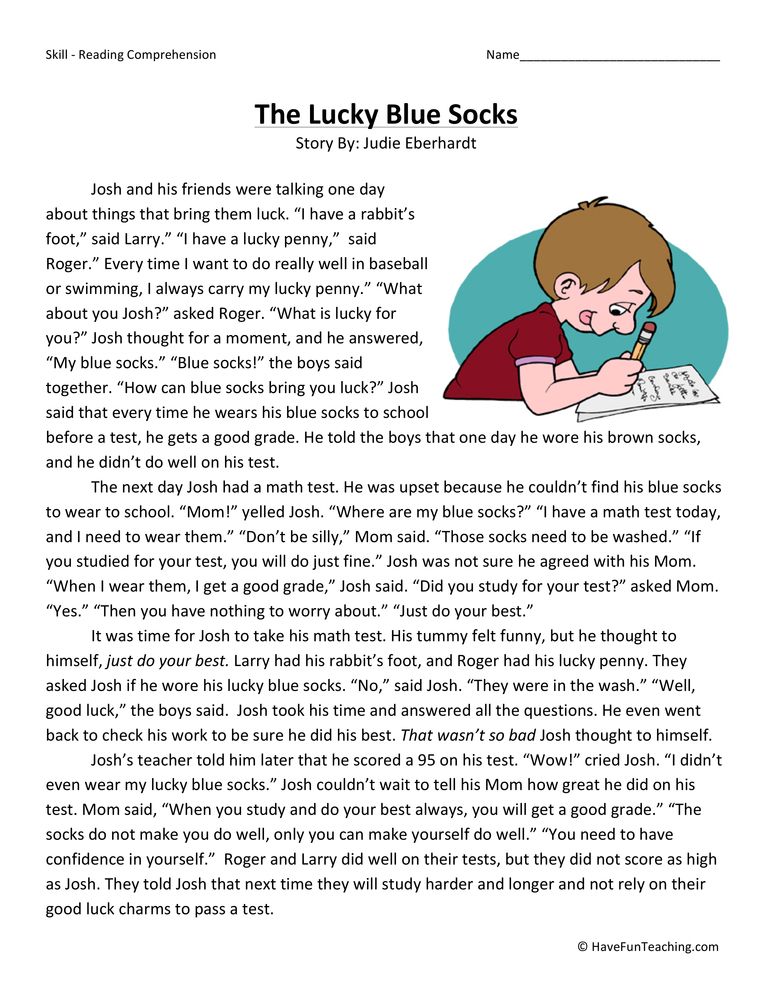 Fairy tale "Muffin and the Spider" Annie Hogarth
Fairy tale "Muffin and the Spider" Annie Hogarth -
Heroes don't die
05/02/2020 1448
The work is intended to get acquainted with the life and exploits of Valery Volkov, to teach text analysis and the ability to find the right answers to the questions posed. The work can be used to prepare for the Olympiad by students of grade 2. For a long time, the feat of the thirteen-year-old boy Valery Volkov was unknown. Only 20 years after the war, the whole country found out about him. The first 7 pages tell about the life of a young hero during the Second World War. The text and questions to the text begin on page 8.
-
CO literary reading
05/04/2020 110 0
The test contains 7 questions to check the level of ZUN formation per section.

-
Literary reading grade 2 V. Dragunsky "The secret becomes clear"
05.05.2020 871
The test is designed to test the basic skills of students in the 2nd grade according to the EMC "School of Russia". Literary reading, section "Both jokingly and seriously", topic "V. Dragunsky The secret becomes clear"
-
Leo Tolstoy "The Old Man and the Apple Trees"
05/07/2020 339 0
In the course of work, you will get acquainted with the story from the alphabet of Leo Tolstoy. The test is designed so that children learn to analyze the text and be able to find the right answers to the questions posed.
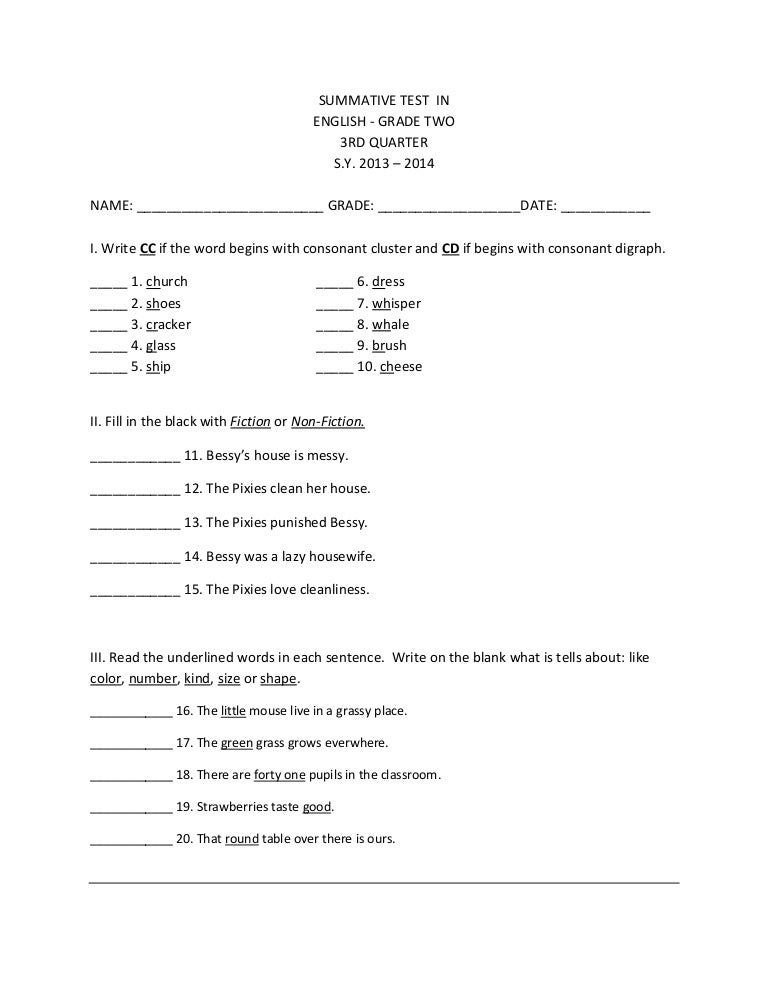 The work can be used to prepare for the Olympiad by students of grade 1.
The work can be used to prepare for the Olympiad by students of grade 1.
-
Literary reading by E. Bekhlerova Cabbage leaf
05/12/2020 2051
The test is designed to help children learn to analyze text and find the right answers to the questions. The work can be used to prepare for the Olympiad by students of grade 1.
-
Literary reading. Incoming diagnostics. Grade 2
09/12/2020 61 0
Literary reading. Grade 2 Incoming control. Working with text
-
Oral folk art (Grade 2)
04.
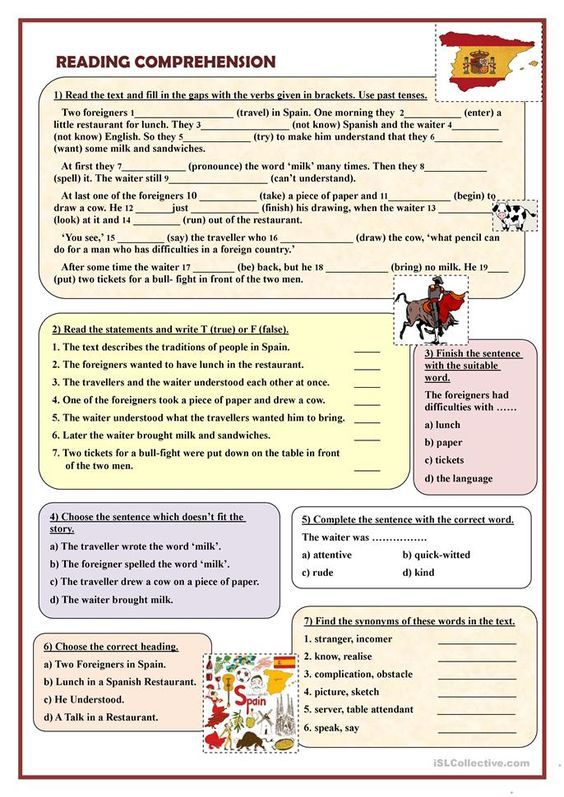 11.2020 671 0
11.2020 671 0 Literary reading test (grade 2) in the section "Oral folk art"
-
Arabian tale. Sinbad the Sailor. First trip.
05/03/2021 100 0
Poll based on the Arabian fairy tale "Sinbad the Sailor. The First Voyage". The maximum number of points is 10.
-
Reading grade 2
05/06/2021 877 0
An educational test designed to test the knowledge of 2nd grade schoolchildren in the subject "Reading"
-
Reading test
05/15/2021 777
This is a reading test.
 Reading test. Preparation for control work.
Reading test. Preparation for control work. -
Literary reading
06/14/2021 255 0
Educational test is designed to test the knowledge of 2nd grade students in the subject "Literary reading".
-
Literary reading test Grade 2
11/09/2021 163 0
Literary reading test grade 2. Fairy tale "Sister Alyonushka and Brother Ivanushka". program "Perspective"
-
Folklore
01/27/2022 337 0
The test is designed to consolidate the topic "Oral folk art" in the 2nd grade.

Online Grade 3 Reading Tests
-
"Love all living things." Literary reading, grade 3
03/22/2020 4982
Literary reading. EMC "School of Russia" Grade 3. Test on the section "Love alive".
-
Mathematics task 3.8
02/06/2021 14688
There is only one task, but on the 3rd grade math page you will find more!
-
Test on the topic "Poetic Notebook 2"
03/26/2020 3671
General lesson on the section "Poetry notebook 2" Grade 3 "School of Russia" (part 2)
-
Test on the section "Collect a berry - you will collect a box", Grade 3.
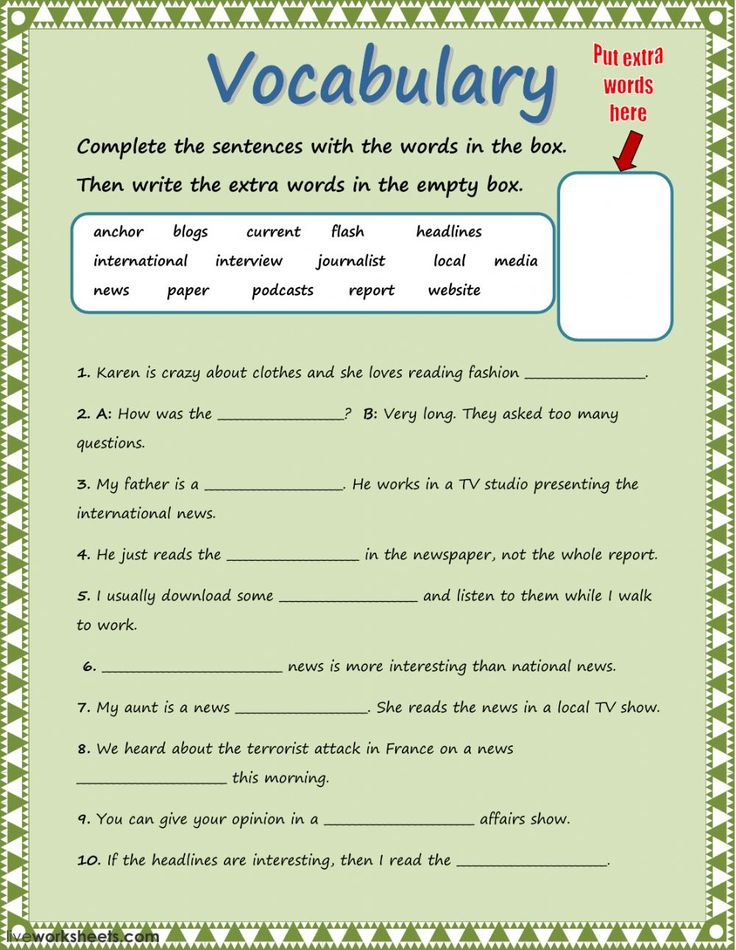
04/27/2020 6416
Test on the subject "Literary reading" for the 3rd grade in the section "Pick a berry - you'll pick a box"
-
A. Platonov "Flower on the ground". Story content test.
04/12/2020 7958
A. Platonov "A flower on the ground". Story content test.
-
Reading Literacy, Grade 3
03/03/2020 12367
The test is intended for students of the 3rd grade, in order to develop the skills of universal learning activities for working with information and reading.
-
Test quiz "Our favorite fairy tales"
03/21/2020 18702
Fascinating quiz on Russian and foreign fairy tales for students in grades 1-4
-
Testing reading skills Grade 3
04/20/2020 1274 0
The final test of reading skills in literary reading for the 3rd grade for the 1st half of the year was compiled on the basis of the text for tests and is intended for students in order to develop the skills of universal educational activities for working with information and reading
-
No.
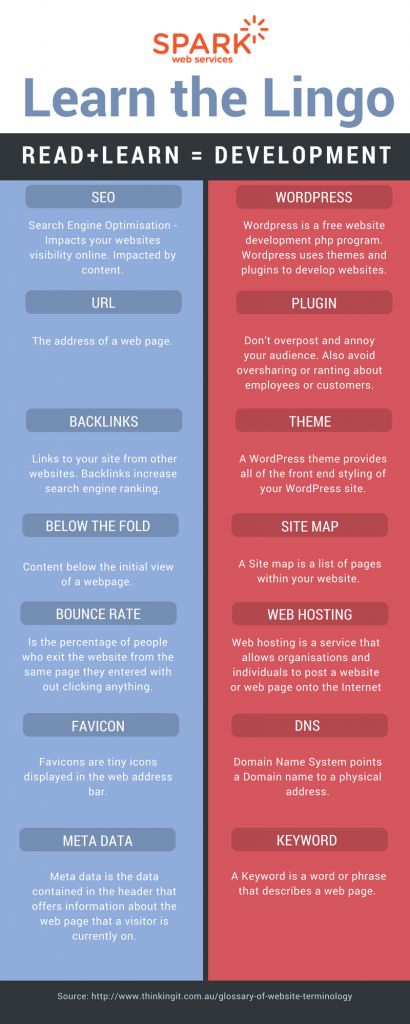 1 Control of the reading and understanding of the text. dahlias
1 Control of the reading and understanding of the text. dahlias 05/13/2020 4253
The proposed "reading simulator" contains a popular science text for developing reading skills and understanding of the text and test questions for them. The test consists of three parts: 1. Reading the text and highlighting key sentences and words in it. 2. Control of text comprehension: determination of true and false statements; answers on questions. 3. Control of reading skill
-
Literary reading grade 3 "Poetic notebook 1"
02/25/2021 4611
The test is designed to test the basic skills of 3rd grade students according to the teaching materials "School of Russia". Literary reading, section "Poetry notebook 1"
-
Verification work on literary reading, grade 3.
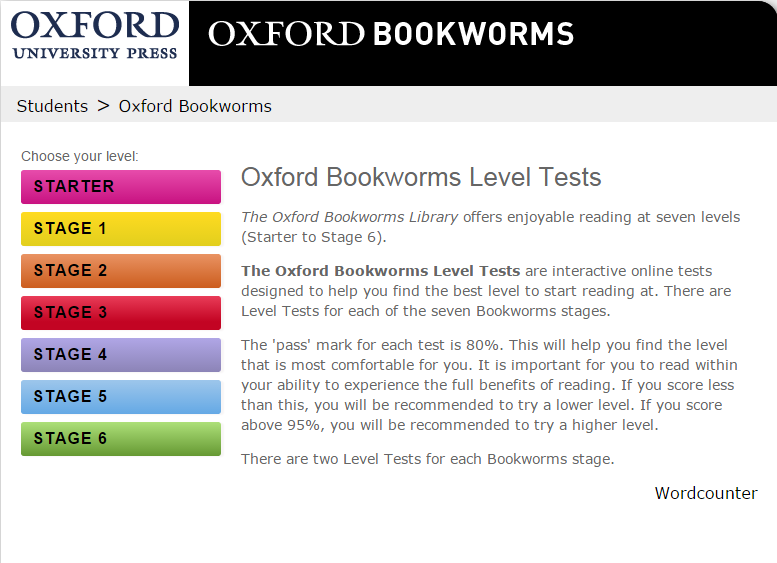 Section "Works on the relationship between humans and animals"
Section "Works on the relationship between humans and animals" 02/26/2023 147 0
Test work on literary reading, Grade 3. Section "Works on the relationship between humans and animals"
-
Literary reading grade 3. Folklore
02/19/2019 4136
Testing is used in the lessons of literary reading in the 3rd grade. Can be used to consolidate material on a given topic. Also, the test can be used in optional classes related to literature. All questions relate specifically to the topic "Oral Folk Art". Children are asked to choose the correct answer and mark it with a tick. Subject: Literary reading Target audience: for grade 3
-
Literary reading test based on the work of A.
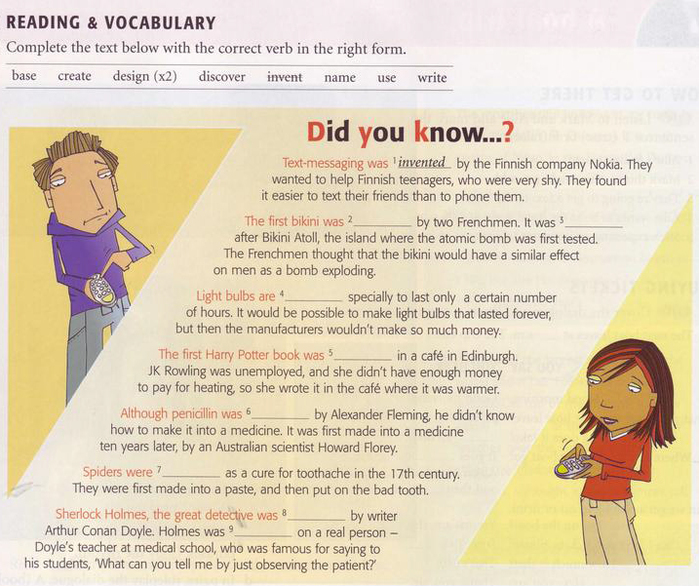 Gaidar "Chuk and Gek"
Gaidar "Chuk and Gek" 04/16/2020 1599 0
This Literary Reading test is designed for 3rd grade pupils of the Educational Materials Program "Perspective Elementary School". The test was developed based on the work of A. Gaidar "Chuk and Gek"
-
Fairy tale by V. Dahl "Girl Snow Maiden"
04/05/2020 541 0
The test is based on the fairy tale "The Snow Maiden Girl" by Vladimir Ivanovich Dahl in literary reading for 3rd grade students.
-
Literary reading test. G.H. Anderson "The Ugly Duckling". Grade 3, EMC "School of Russia"
04/20/2020 10048
The test is designed to test knowledge of the fairy tale "The Ugly Duckling" by H.
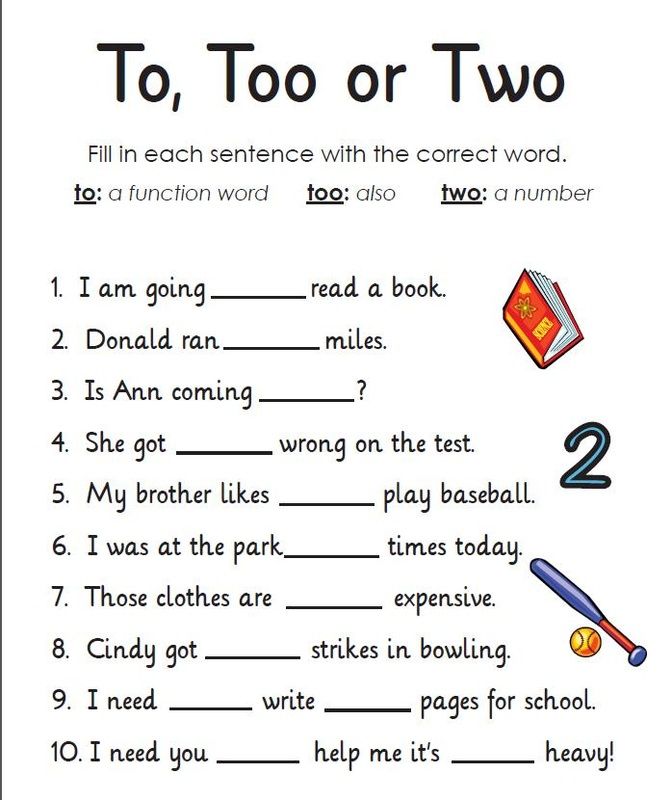 H. Anderson.
H. Anderson. -
Reading test for grade 3
04/22/2013 14797
Hello my little friend! Your attention is invited to a small test on fairy tales and their authors. You should pass it in order to know the level of knowledge in literary reading. Dare! You will succeed!!!
-
Verification work No. 8 on the topic "Poetic Notebook 2"
04/15/2020 557 0
This test is for 3rd grade students. The test was compiled according to the program "School of Russia" for the textbook on literary reading by V.G. Goretsky, L.F. Klimanova. The test is designed to assess knowledge after studying the section "Poetic Notebook 2"
-
Final Literary Reading Test for Grade 3
04/28/2020 9136
The final literary reading test will allow students to test their knowledge for the 3rd grade course
-
H.
 - K. Andersen "The Steadfast Tin Soldier"
- K. Andersen "The Steadfast Tin Soldier" 03/22/2014 2467
Your attention is invited to a small test on the fairy tale H.-K. Andersen "The Steadfast Tin Soldier" You should go through it in order to find out the level of knowledge on this work. Dare! You will succeed!!!
-
Reading Literacy, Grade 3 (Part 2)
03/11/2020 6359
The test is intended for students of the 3rd grade, in order to develop the skills of universal educational activities for working with information and reading.
-
BUS. Literary reading 3 cells. Books are my friends. Option number 1
12/29/2022 9 0
Literary reading test for grade 3 on the topic "Books are my friends" to the textbook by L.
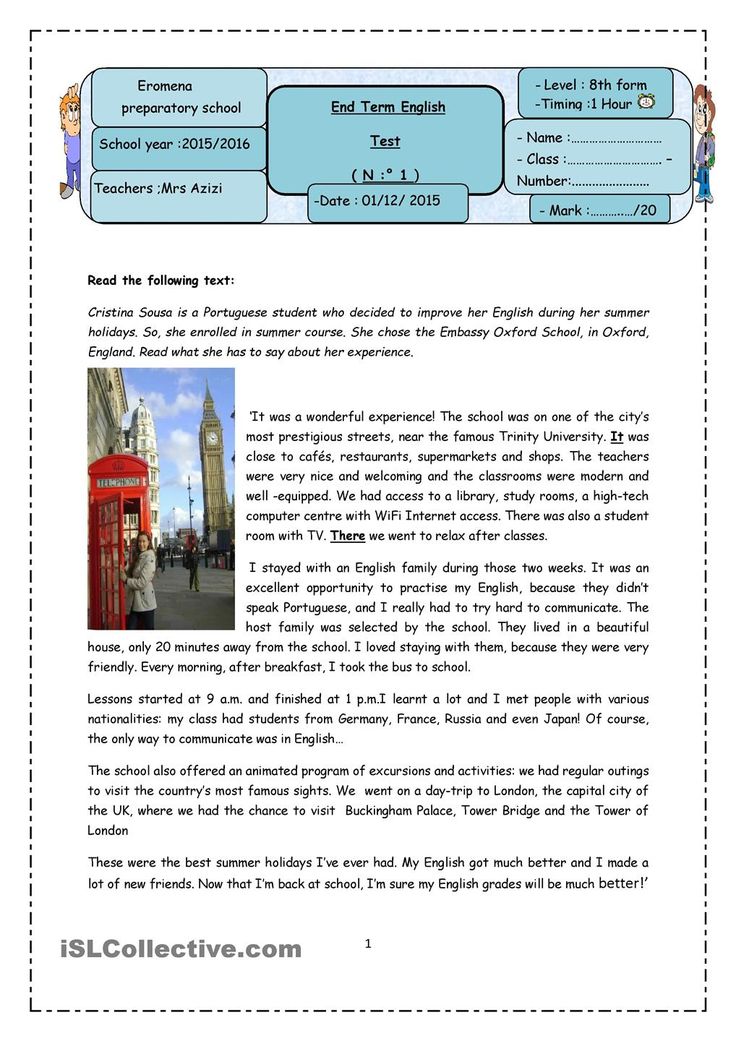 F. Klimanova, L.A. Vinogradskaya, V.G. Goretsky "Literary reading. Grade 3. In 2 parts" . Option No. 1
F. Klimanova, L.A. Vinogradskaya, V.G. Goretsky "Literary reading. Grade 3. In 2 parts" . Option No. 1 -
BUS. Testing reading skills. Grade 3 M. Prishvin "Bear".
01/06/2023 17 0
Final test of reading skills M. Prishvin "Bear" for grade 3 to the textbook by L. F. Klimanova, L. A. Vinogradskaya, V. G. Goretsky "Literary reading. Grade 3. In 2 parts".
-
Test based on the story by N. Nosov "Vitya Maleev at school and at home"
12/15/2018 3229
Reading is a very exciting activity! I read, so I think!
-
Test quiz "Journey through Andersen's fairy tales"
04/04/2020 9044
An exciting quiz for those who know and love the fairy tales of H.
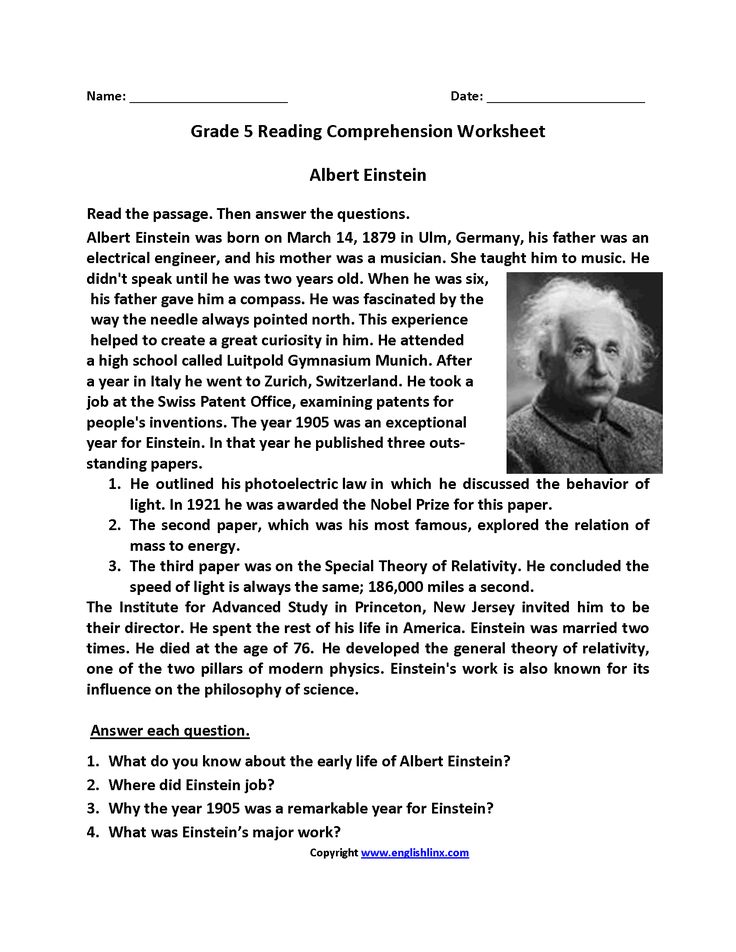 H. Andersen.
H. Andersen.
-
Test on the work "The Tale of Tsar Saltan" by A.S. Pushkin
02/01/2022 1345 0
Literary reading. Primary school grade 3. Multiple choice test based on the work of A.S. Pushkin "The Tale of Tsar Saltan, his glorious and mighty son Prince Gvidon Saltanovich and the beautiful Swan Princess". Suitable for all current textbooks
-
BUS. Literary reading 3 cells. Pictures of native nature. Option number 2
01/06/2023 6 0
Test on the subject of Literary reading for the 3rd grade on the topic "Pictures of native nature" to the textbook by L.F. Klimanova, L.
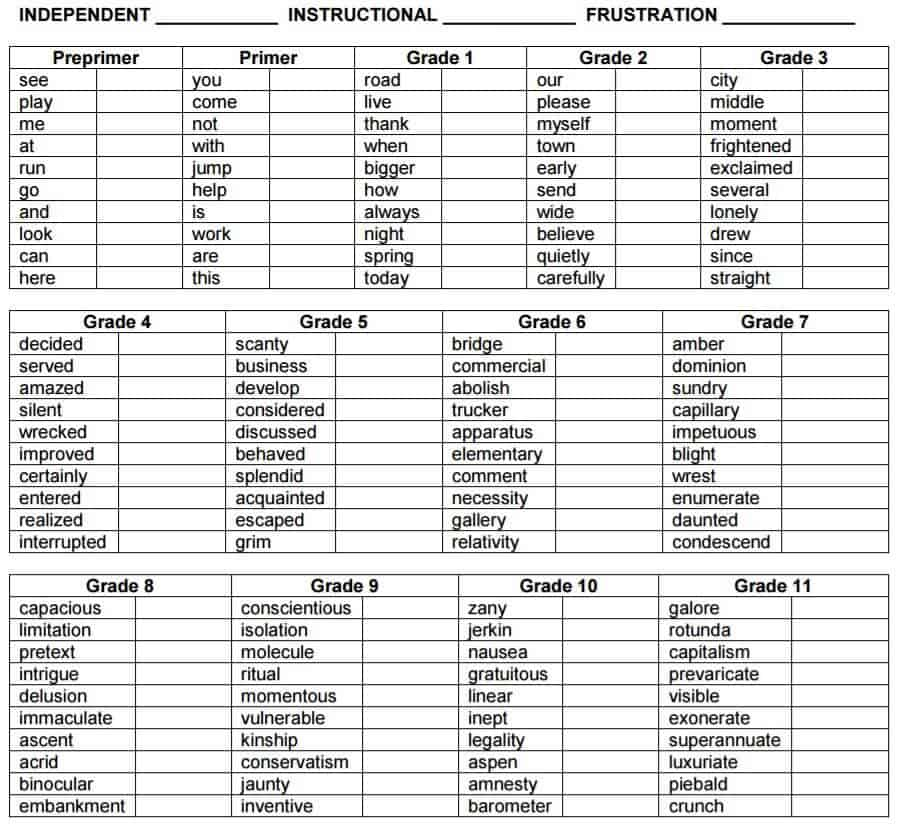 A. Vinogradskaya, V.G. Goretsky "Literary reading. Grade 3. In 2 parts". Option number 2
A. Vinogradskaya, V.G. Goretsky "Literary reading. Grade 3. In 2 parts". Option number 2 -
Final Literary Reading Test for Grade 3
05/21/2020 114 0
The final test contains questions on many works that are studied in the 3rd grade according to the teaching materials "School of Russia".
-
POETRY NOTEBOOK
03/18/2021 195 0
The test tests knowledge of the works of great Russian poets. Focused on users working on the textbook L. F. Klimanova
-
BUS. Literary reading 3 cells.
 Pictures of Russian nature. Option number 1
Pictures of Russian nature. Option number 1 01/03/2023 24 0
Literary reading test for grade 3 on the topic "Pictures of Russian nature" to the textbook by L.F. Klimanova, L.A. Vinogradskaya, V.G. Goretsky "Literary reading. Grade 3. In 2 parts". Option No. 1
-
Test on the topic "Collect a berry, pick a box" Grade 3
04/20/2020 1620 0
Literary reading test grade 3 "School of Russia. According to the section of the textbook.
-
Leo Tolstoy "Jackdaw and jug"
04/23/2020 1035
In the course of work, you will get acquainted with the story from the alphabet of Leo Tolstoy.
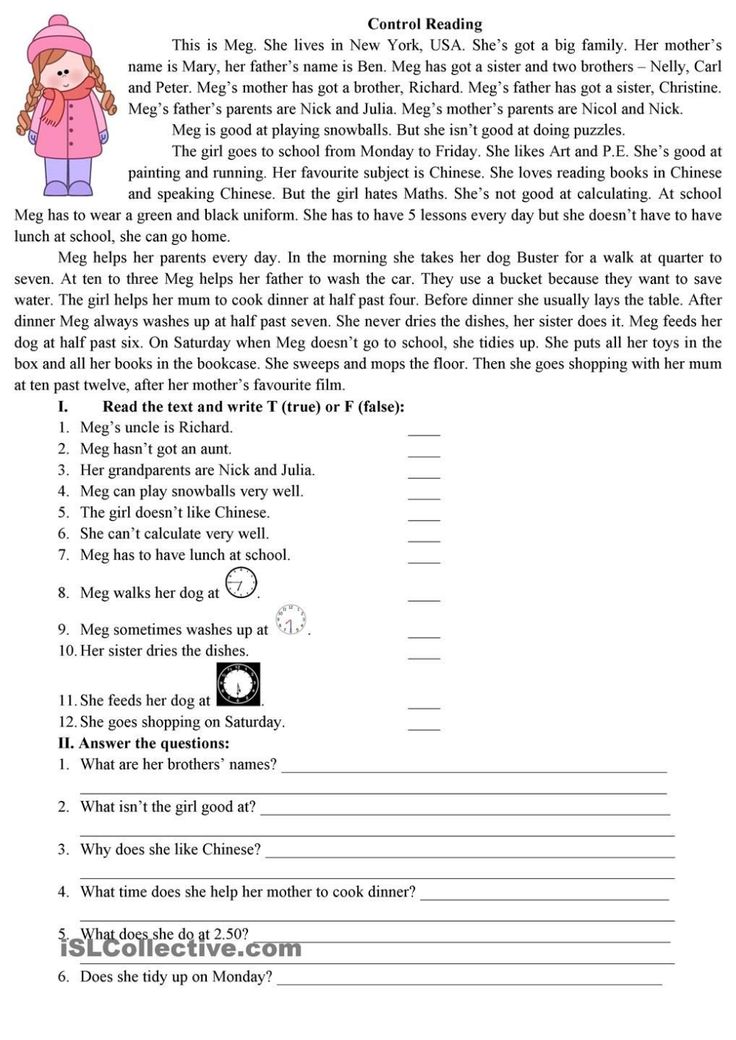 The test is designed so that children learn to analyze the text and be able to find the right answers to the questions posed.
The test is designed so that children learn to analyze the text and be able to find the right answers to the questions posed. -
Love living class 3
09/29/2022 13 0
Hello, dear student. I want you to dive into the world of literary reading grade 3. To do this, let's take a test called "Love the living." I wish you good luck with the test!
-
BUS. Literary reading 3 cells. Literary tale. Option number 4
01/06/2023 3 0
Literary reading test for grade 3 on the topic "Literary fairy tale" to the textbook by L.F. Klimanova, L.A. Vinogradskaya, V.G. Goretsky "Literary reading.
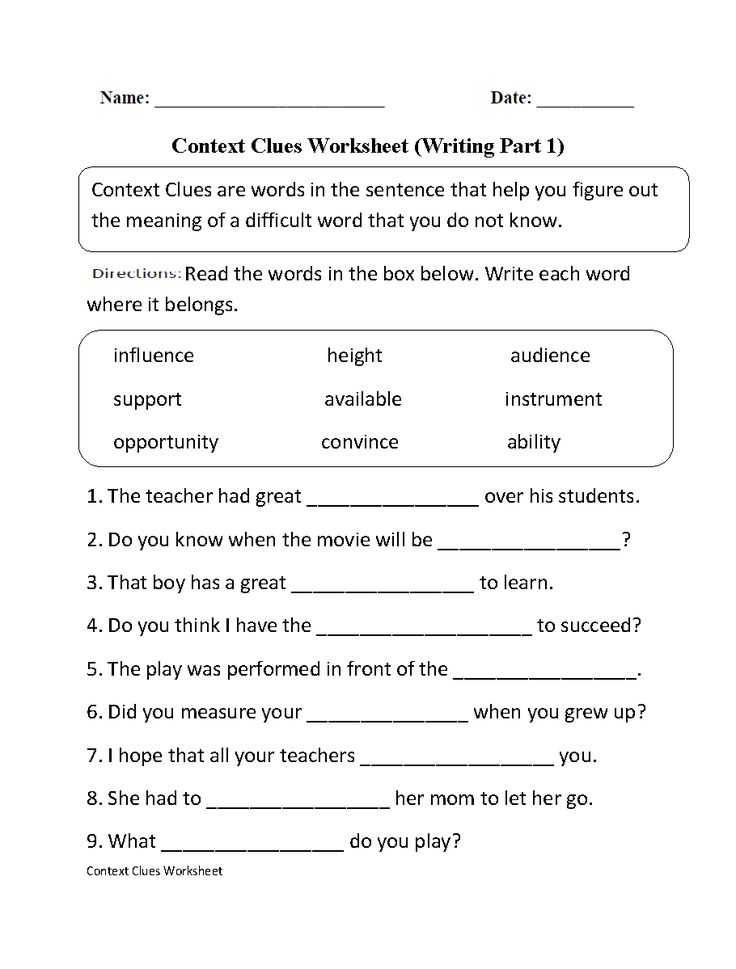 Grade 3. In 2 parts". Option No. 4
Grade 3. In 2 parts". Option No. 4 -
Test on the fairy tale of the Brothers Grimm - "The Brave Little Tailor"
05/19/2020 542 0
Test based on the fairy tale of the Brothers Grimm - "The Brave Little Tailor". A good help in preparing for a detailed retelling - as it is written close to the text.
-
Tales of A.S. Pushkin
10/13/2021 390
Literary reading test for grade 3 on the work of A.S. Pushkin.
-
BUS. Literary reading 3 cells. Love all living things. Option number 1
12/30/2022 4 0
Test on the subject of Literary reading for grade 3 on the topic "Love all living things" to the textbook by L.
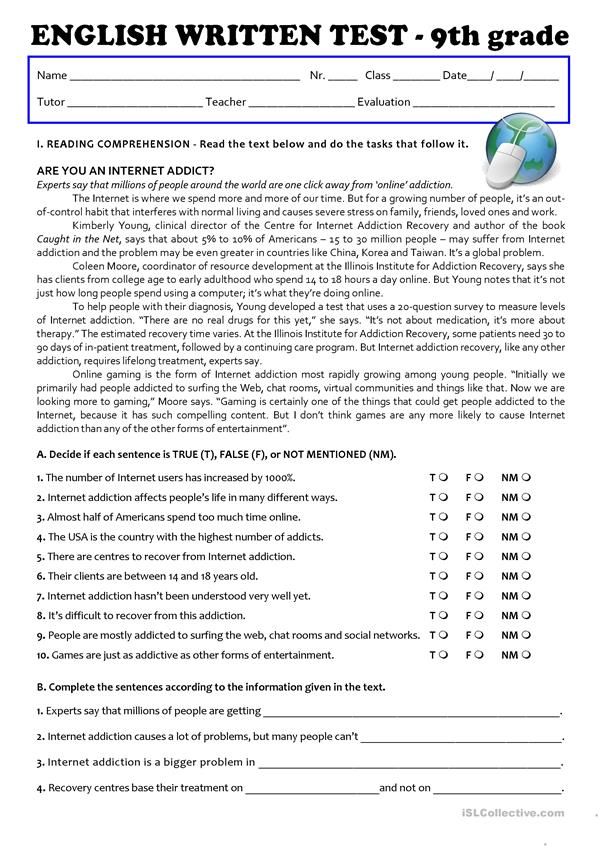 F. Klimanova, L.A. Vinogradskaya, V.G. Goretsky "Literary reading. Grade 3. In 2 parts". Option No. 1
F. Klimanova, L.A. Vinogradskaya, V.G. Goretsky "Literary reading. Grade 3. In 2 parts". Option No. 1
-
BUS. Literary reading 3 cells. Pictures of Russian nature. Option number 2
01/03/2023 24 0
Literary reading test for grade 3 on the topic "Pictures of Russian nature" to the textbook by L.F. Klimanova, L.A. Vinogradskaya, V.G. Goretsky "Literary reading. Grade 3. In 2 parts". Option number 2
-
BUS. Literary reading 3 cells. Great Russian writers. Option number 1
01/03/2023 8 0
Literary reading test for grade 3 on the topic "Great Russian writers" to the textbook by L.
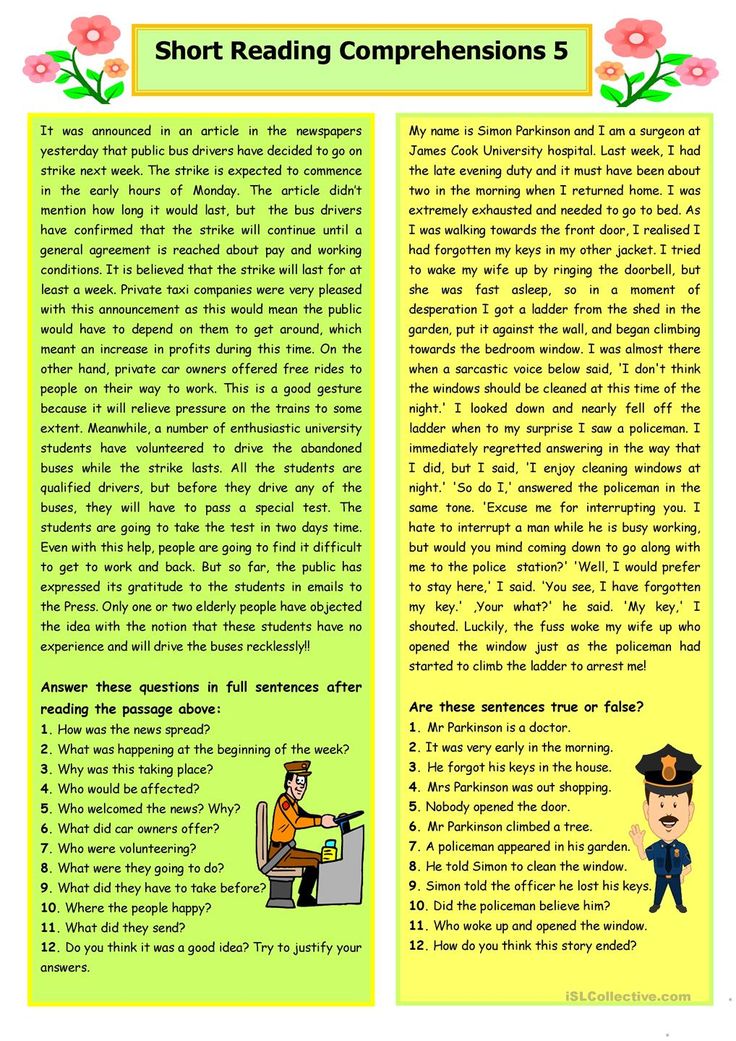 F. Klimanova, L.A. Vinogradskaya, V.G. Goretsky "Literary reading. Grade 3. In 2 parts". Option No. 1
F. Klimanova, L.A. Vinogradskaya, V.G. Goretsky "Literary reading. Grade 3. In 2 parts". Option No. 1 -
BUS. Literary reading 3 cells. Literary tale. Option number 3
01/05/2023 2 0
Literary reading test for grade 3 on the topic "Literary fairy tale" to the textbook by L.F. Klimanova, L.A. Vinogradskaya, V.G. Goretsky "Literary reading. Grade 3. In 2 parts". Option number 3
-
BUS. Literary reading 3 cells. Pictures of native nature. Option number 1
01/06/2023 2 0
Test on the subject of Literary reading for the 3rd grade on the topic "Pictures of native nature" to the textbook by L.
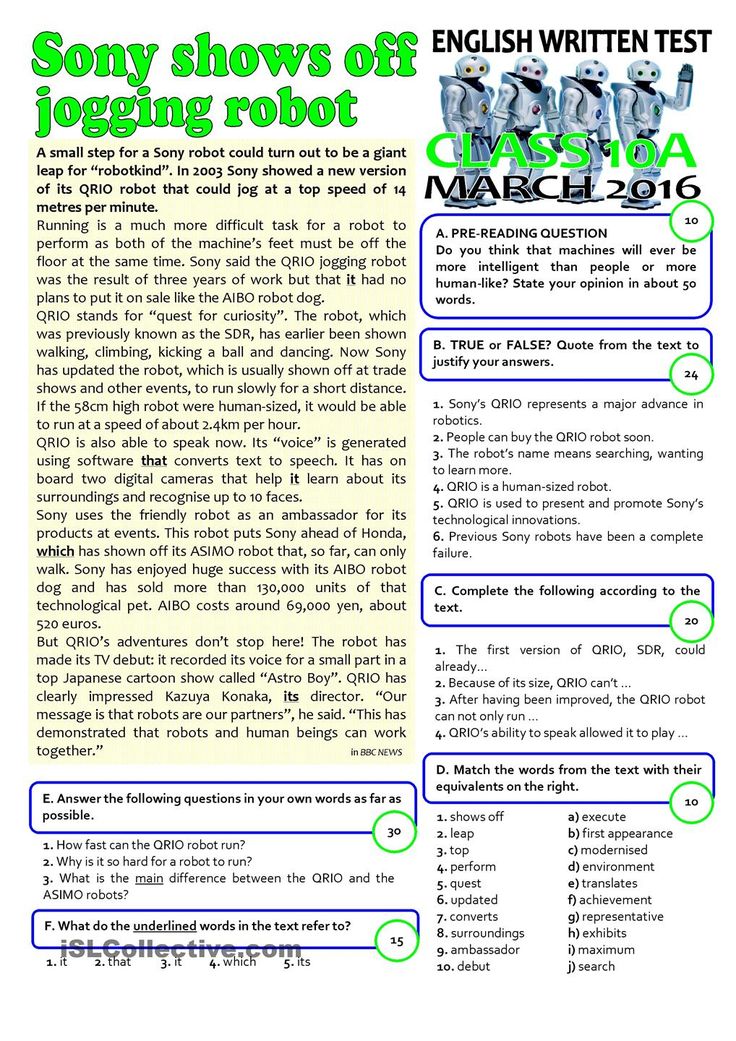 F. Klimanova, L.A. Vinogradskaya, V.G. Goretsky "Literary reading. Grade 3. In 2 parts". Option No. 1
F. Klimanova, L.A. Vinogradskaya, V.G. Goretsky "Literary reading. Grade 3. In 2 parts". Option No. 1 -
Literary reading 4 quarter
05/07/2014 2013
The test is for 3rd grade students. Promising Elementary School Program
-
Literature test M. M. Prishvin "Cat"
01/17/2017 541 0
this test is intended for children studying in the Educational System "School of Russia", for students of grade 3. The test involves the study and consolidation of the content of Mikhail Prishvin's story "Cat". After reading this story, you can find out how the day of an amazing cat named Vaska goes.
 How his day and night are scheduled. As a formidable tiger, he skillfully turns into a pet.
How his day and night are scheduled. As a formidable tiger, he skillfully turns into a pet. -
Russian writers
03/11/2019 947 0
Multiple choice test on the subject "Literary reading" (EMC "Literary reading" by L.F. Klimanova, V.G. Goretsky, M.V. Golovanova and others, grade 3). The test checks knowledge of the material in the section "Writers for children", part 2
-
Sergei Volf "I will not forget him for a century"
01/30/2020 786 0
Try to answer the test questions without using the text. But if it is difficult for you to answer any question, then, of course, you can revise the story again.

-
Test on the fairy tale "White Duck"
03/26/2020 924
Russian folk tale "The White Duck". Literary reading, grade 3
-
L. Panteleev "Honest word" Grade 3 Literary reading
04/05/2020 795 0
L.Panteleev "Honest word" Grade 3 Literary reading
-
Literary reading test grade 3 164-172
04/24/2020 277 0
Literary reading test Grade 3 "School of Russia". Works by Zoshchenko and Nosov
-
Test on the works of the section "Pick a berry - you'll pick a box".
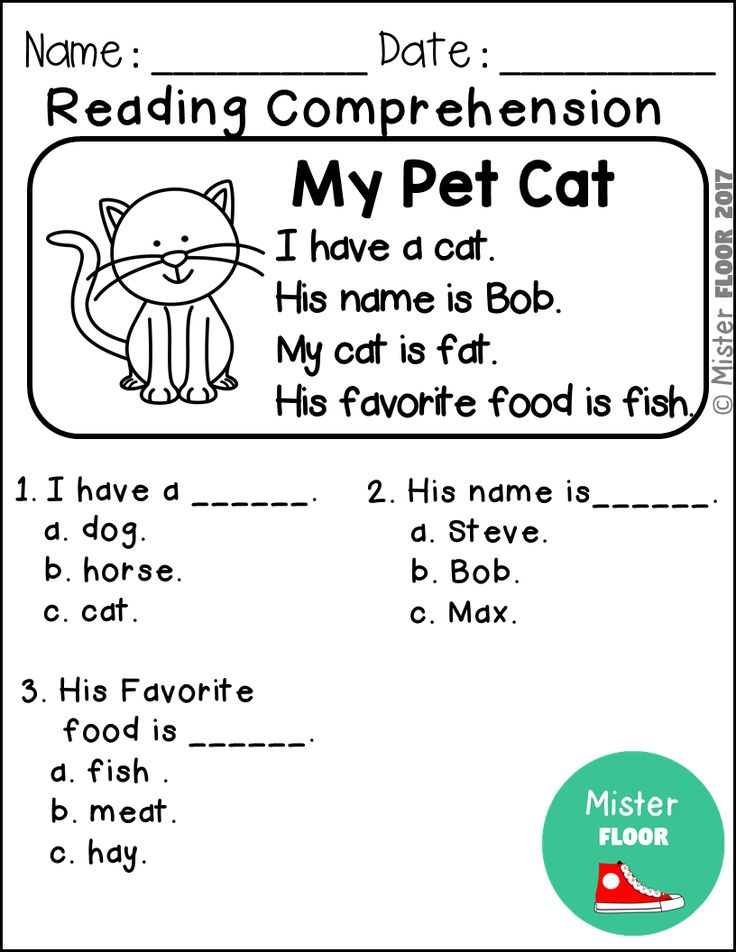 3rd grade
3rd grade 04/29/2020 332 0
Test on the works of the section "Pick a berry - you'll pick a box". Literary reading, grade 3. EMC `School of Russia`. Author of the textbook L. F. Klimanov.
-
"Brave Perseus" - literary reading test for grade 3.
04/30/2020 4151
Test on the text of the ancient Greek myth "Brave Perseus". Literary reading. Grade 3 2h. Textbook by L.F. Klimanov, V.G. Goretsky "School of Russia"
-
Heroes don't die
05/02/2020 1448
The work is intended to get acquainted with the life and exploits of Valery Volkov, to teach text analysis and the ability to find the right answers to the questions posed.
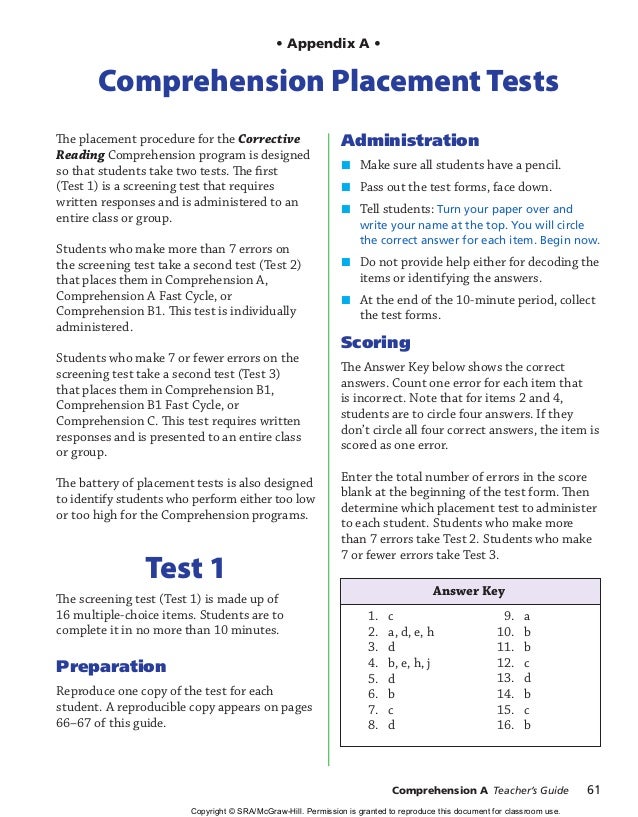 The work can be used to prepare for the Olympiad by students of grade 2. For a long time, the feat of the thirteen-year-old boy Valery Volkov was unknown. Only 20 years after the war, the whole country found out about him. The first 7 pages tell about the life of a young hero during the Second World War. The text and questions to the text begin on page 8.
The work can be used to prepare for the Olympiad by students of grade 2. For a long time, the feat of the thirteen-year-old boy Valery Volkov was unknown. Only 20 years after the war, the whole country found out about him. The first 7 pages tell about the life of a young hero during the Second World War. The text and questions to the text begin on page 8. -
Leo Tolstoy "The Old Man and the Apple Trees"
05/07/2020 339 0
In the course of work, you will get acquainted with the story from the alphabet of Leo Tolstoy. The test is designed so that children learn to analyze the text and be able to find the right answers to the questions posed. The work can be used to prepare for the Olympiad by students of grade 1.
-
Literary reading by E.
 Bekhlerova Cabbage leaf
Bekhlerova Cabbage leaf 05/12/2020 2051
The test is designed to help children learn to analyze text and find the right answers to the questions. The work can be used to prepare for the Olympiad by students of grade 1.
-
Pictures of native nature
05/14/2020 513
LITERARY READING TEST 3 CLASS "PERSPECTIVE", SECTION "PICTURES OF NATIVE NATURE"
-
Test based on the fairy tale of the Brothers Grimm - "Forest old woman"
05/21/2020 34 0
Test based on the fairy tale of the Brothers Grimm - "The Old Woman of the Forest".
 A good help in preparing for a detailed retelling - as it is written close to the text.
A good help in preparing for a detailed retelling - as it is written close to the text. -
Test on the fairy tale of the Brothers Grimm - "Royal Children"
10/14/2020 18 0
Test based on the fairy tale of the Brothers Grimm - "Royal Children". A good help in preparing for a detailed retelling - as it is written close to the text.
-
Literary reading test: "The Tale of Tsar Saltan ....." 1
11/15/2020 38 0
Test work is designed to consolidate or test knowledge of the read text.
-
Literary reading test: "The Tale of Tsar Saltan .
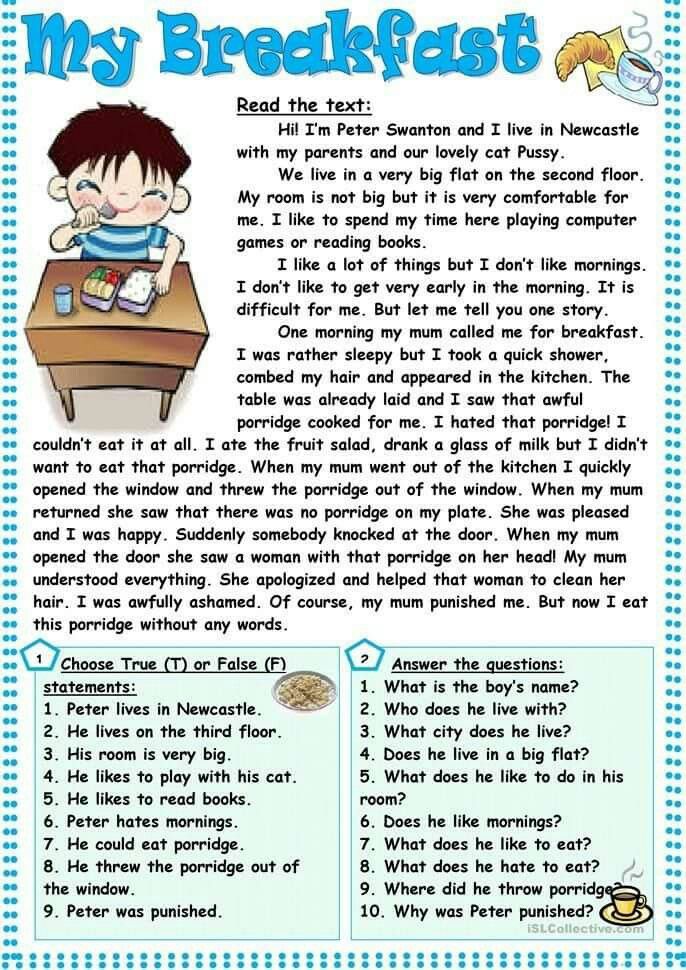 ...." 2
...." 2 11/15/2020 39 0
Test work is designed to consolidate or test knowledge of the read work.
-
Test for Russian folk tales
12/25/2020 239 0
Tests for Russian folk tales (questions on content) EMC "School of Russia" L.F. Klimanov, V.G. Goretsky Literary reading 3rd grade
-
Let's check ourselves. Section "Poetic Notebook". What we already know and can do.
01/25/2021 35 0
Poems by different poets on the same theme. Works and their contents
-
Great Russian writers
03/17/2021 936
The test tests knowledge of the works of great Russian writers.
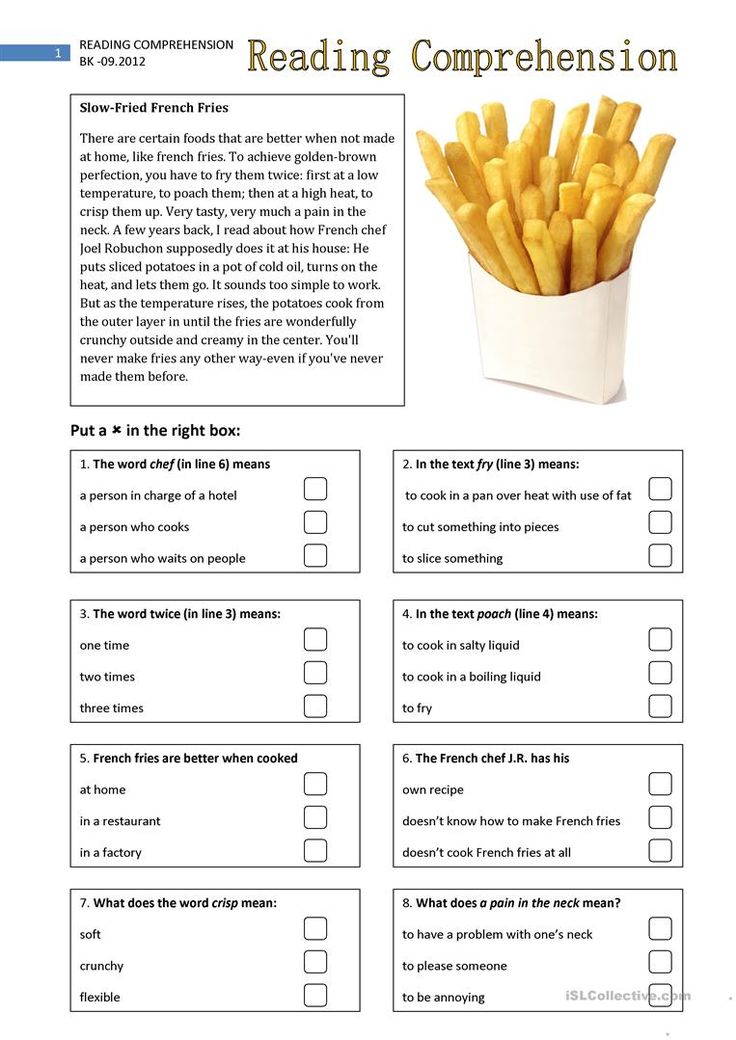 Focused on users working on the textbook L. F. Klimanova.
Focused on users working on the textbook L. F. Klimanova.
-
FOLKLORE
03/18/2021 360 0
The test allows you to quickly check the mastery of the material of a large number of students. Focused on users working on the textbook L. F. Klimanova
-
THE GREATEST MIRACLES IN THE WORLD
03/19/2021 135 0
The test allows you to quickly check the assimilation of the material on the topic "The Greatest Miracle in the World." Focused on users working on the textbook L. F. Klimanova
-
Educational test in literary reading for grade 3
04/12/2021 26 0
The test was compiled on the basis of the curriculum for the course "Literary Reading" EMC "School of Russia" for 3rd grade students.
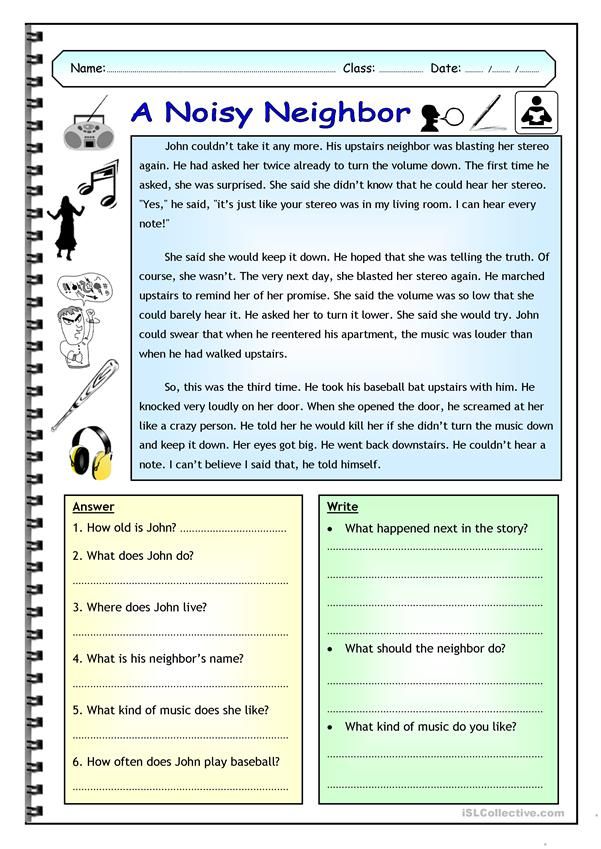
-
Literary reading test Grade 3
06/09/2021 165 0
Literary reading test Grade 3. Be careful and don't rush! Good luck!
-
Fairy tale: "Bull, ram, goose, rooster and wolf"
10/26/2021 46 0
Test based on the Russian folk tale "Bull, ram, goose, rooster and wolf"
-
Retelling for a web quest.
12/20/2021 9 0
Hello, you have chosen the role of the author, for this you need to make a retelling on the topic "All summer in one day" for literary reading, intended for students in grade 3.
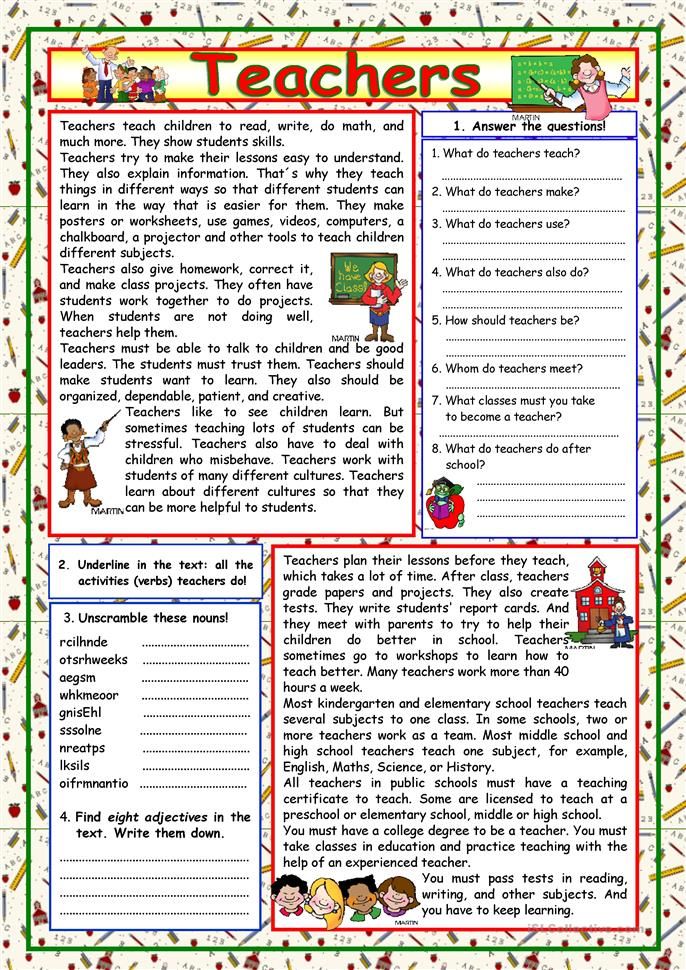
-
Essay on the main idea
12/20/2021 10 0
Hello, you have switched to the role of the sun, but for this you need to write an essay on the main idea of the work "All summer in one day"
-
BUS. Literary reading 3 cells. Books are my friends. Option number 2
12/29/2022 3 0
Test on the subject Literary reading for grade 3 on the topic "Books are my friends" to the textbook by L.F. Klimanova, L.A. Vinogradskaya, V.G. Goretsky "Literary reading. Grade 3. In 2 parts" . Option number 2
-
BUS.
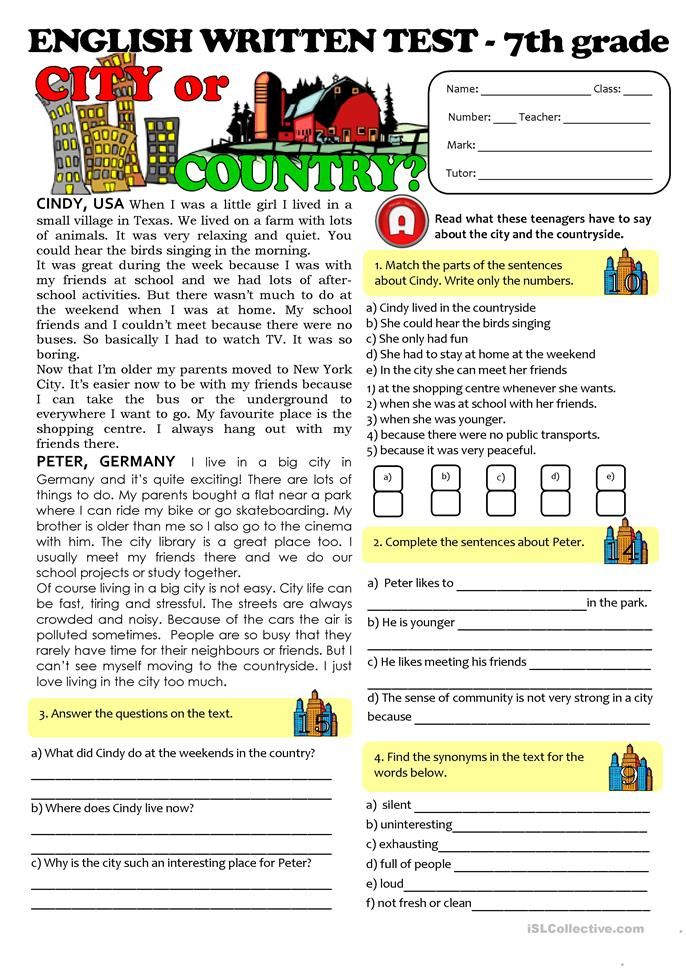 Literary reading 3 cells. Life is given for good deeds. Option number 1
Literary reading 3 cells. Life is given for good deeds. Option number 1 12/29/2022 3 0
Test on the subject Literary reading for grade 3 on the topic "Life is given for good deeds" to the textbook by L.F. Klimanova, L.A. Vinogradskaya, V.G. Goretsky "Literary reading. Grade 3. In 2 parts ". Option No. 1
-
BUS. Literary reading 3 cells. Life is given for good deeds. Option number 2
12/29/2022 3 0
Test on the subject Literary reading for grade 3 on the topic "Life is given for good deeds" to the textbook by L.F. Klimanova, L.A. Vinogradskaya, V.G. Goretsky "Literary reading. Grade 3. In 2 parts ". Option number 2
-
BUS.
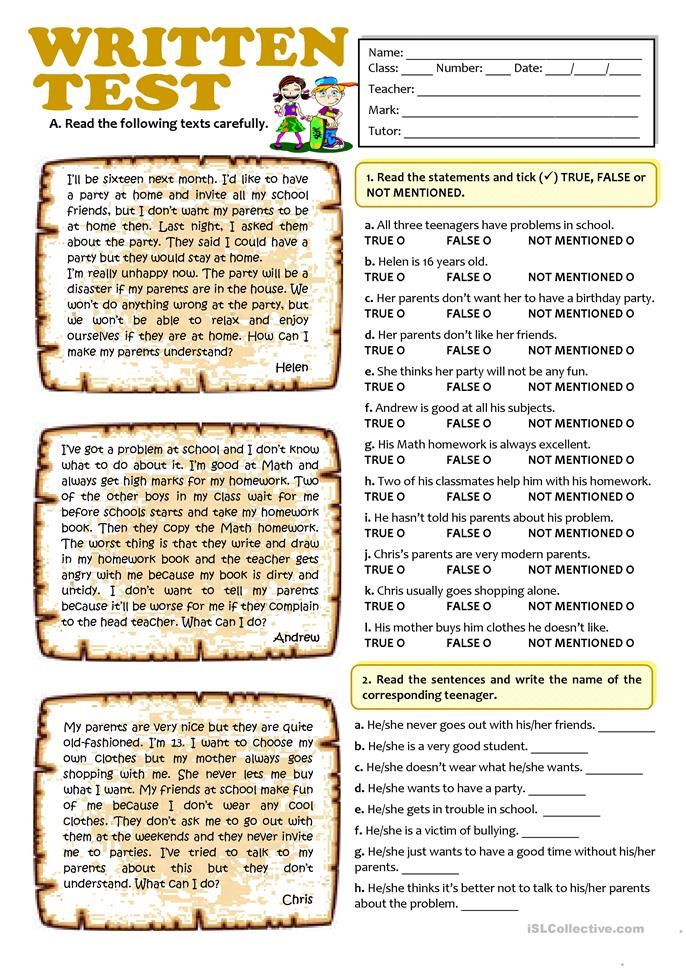 Literary reading 3 cells. Fairy tale. Option number 1
Literary reading 3 cells. Fairy tale. Option number 1 12/29/2022 3
Test on the subject of Literary reading for grade 3 on the topic "Fairy tale" to the textbook by L.F. Klimanova, L.A. Vinogradskaya, V.G. Goretsky "Literary reading. Grade 3. In 2 parts". Option No. 1
-
BUS. Literary reading 3 cells. Fairy tale. Option number 2
12/29/2022 3 0
Test on the subject of Literary reading for grade 3 on the topic "Fairy tale" to the textbook by L.F. Klimanova, L.A. Vinogradskaya, V.G. Goretsky "Literary reading. Grade 3. In 2 parts". Option number 2
-
BUS. Literary reading 3 cells.
 Love all living things. Option number 2
Love all living things. Option number 2 12/30/2022 7 0
Test on the subject of Literary reading for grade 3 on the topic "Love all living things" to the textbook by L.F. Klimanova, L.A. Vinogradskaya, V.G. Goretsky "Literary reading. Grade 3. In 2 parts". Option number 2
-
BUS. Literary reading 3 cells. Love all living things. Option number 3
12/30/2022 3 0
Test on the subject of Literary reading for grade 3 on the topic "Love all living things" to the textbook by L.F. Klimanova, L.A. Vinogradskaya, V.G. Goretsky "Literary reading. Grade 3. In 2 parts". Option number 3
-
BUS.
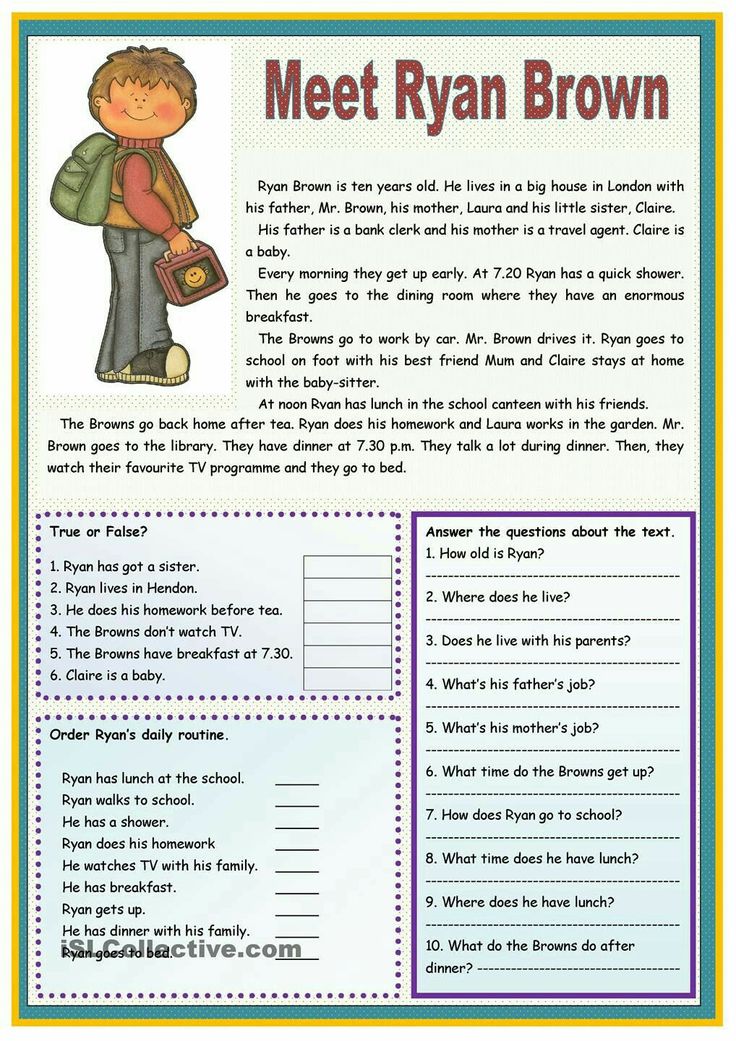 Literary reading 3 cells. Love all living things. Option number 4
Literary reading 3 cells. Love all living things. Option number 4 12/30/2022 4 0
Test on the subject of Literary reading for grade 3 on the topic "Love all living things" to the textbook by L.F. Klimanova, L.A. Vinogradskaya, V.G. Goretsky "Literary reading. Grade 3. In 2 parts". Option No. 4
-
BUS. Literary reading 3 cells. Great Russian writers. Option number 2
01/03/2023 16 0
Literary reading test for grade 3 on the topic "Great Russian writers" to the textbook by L.F. Klimanova, L.A. Vinogradskaya, V.G. Goretsky "Literary reading. Grade 3. In 2 parts". Option number 2
-
BUS.
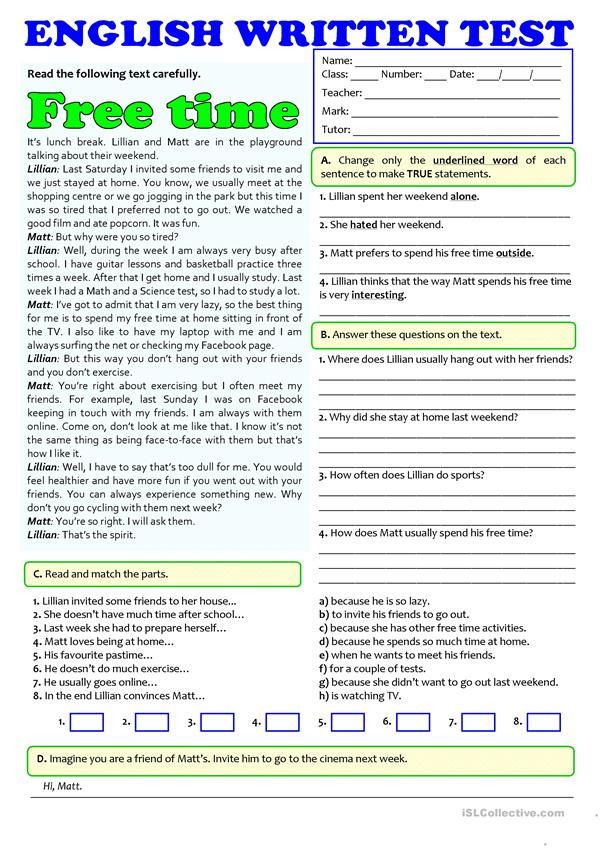 Literary reading 3 cells. Great Russian writers. Option number 3
Literary reading 3 cells. Great Russian writers. Option number 3 01/05/2023 8 0
Literary reading test for grade 3 on the topic "Great Russian writers" to the textbook by L.F. Klimanova, L.A. Vinogradskaya, V.G. Goretsky "Literary reading. Grade 3. In 2 parts". Option number 3
-
BUS. Literary reading 3 cells. Great Russian writers. Option number 4
01/05/2023 3 0
Literary reading test for grade 3 on the topic "Great Russian writers" to the textbook by L.F. Klimanova, L.A. Vinogradskaya, V.G. Goretsky "Literary reading. Grade 3. In 2 parts". Option No. 4
-
BUS.
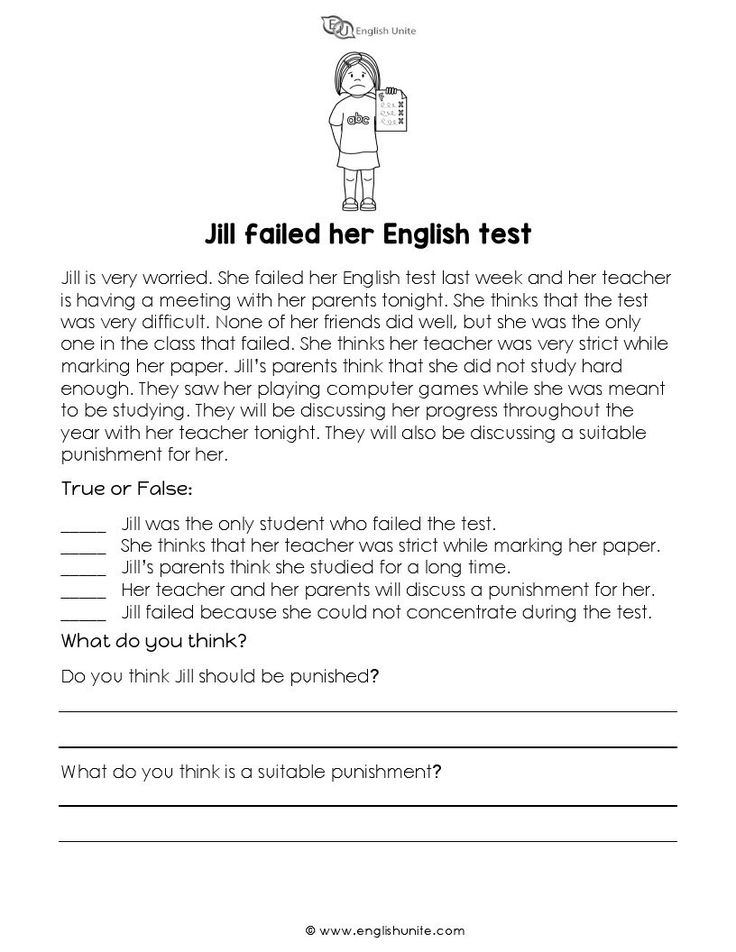
Learn more

